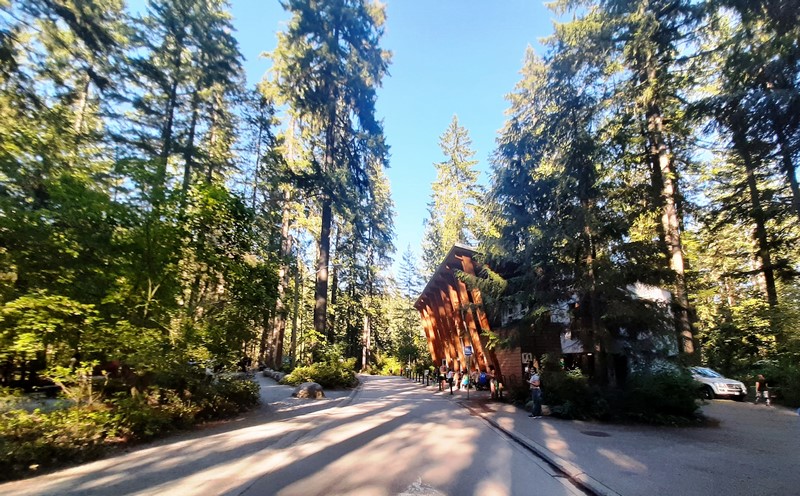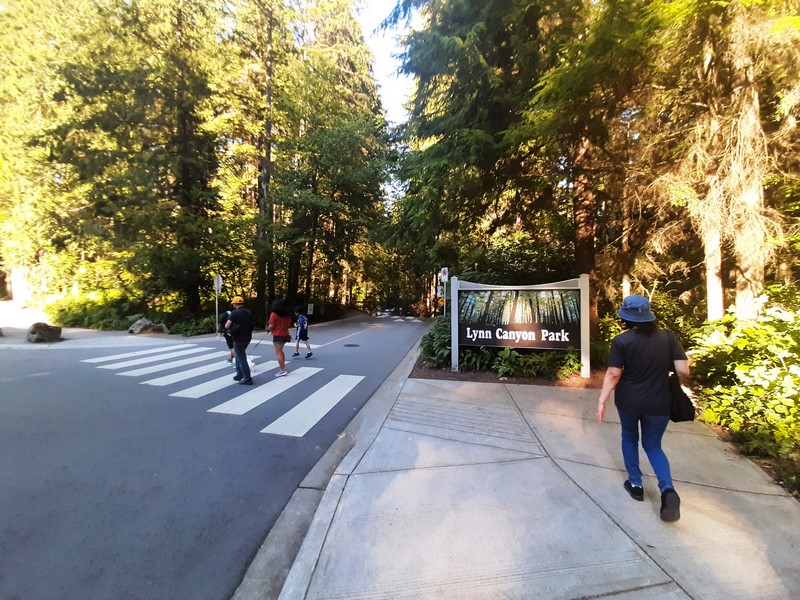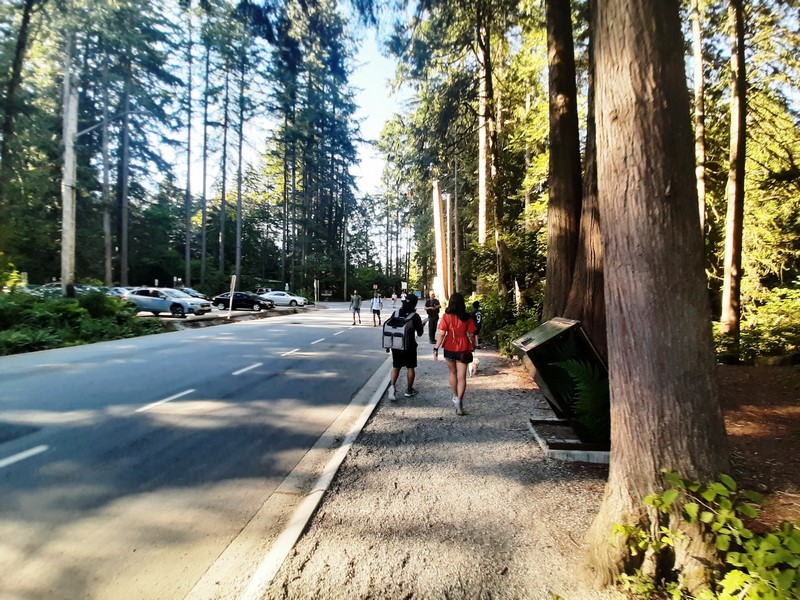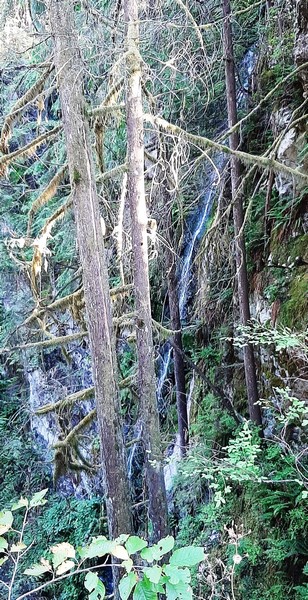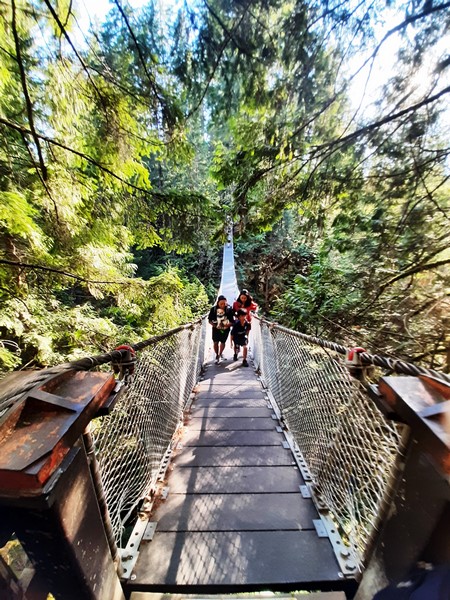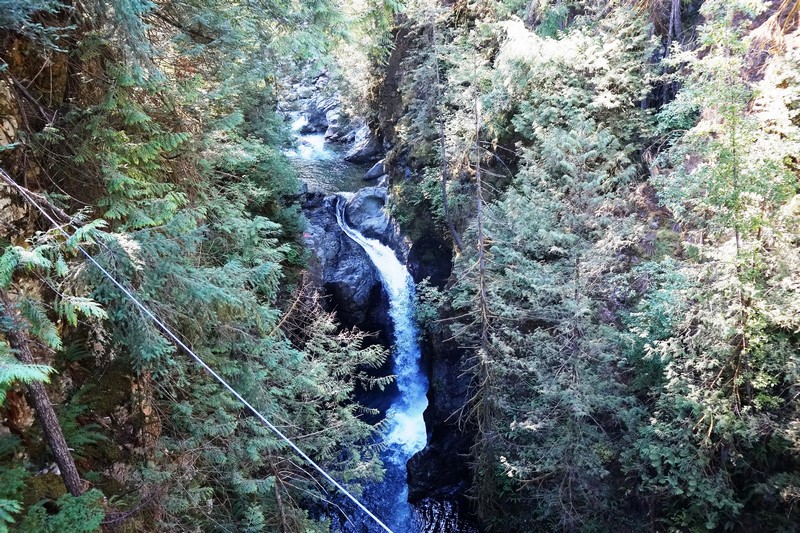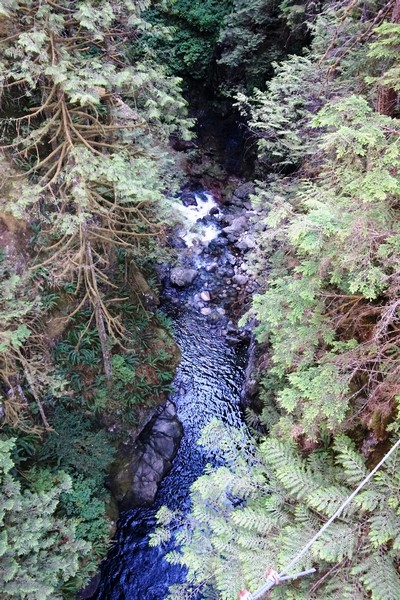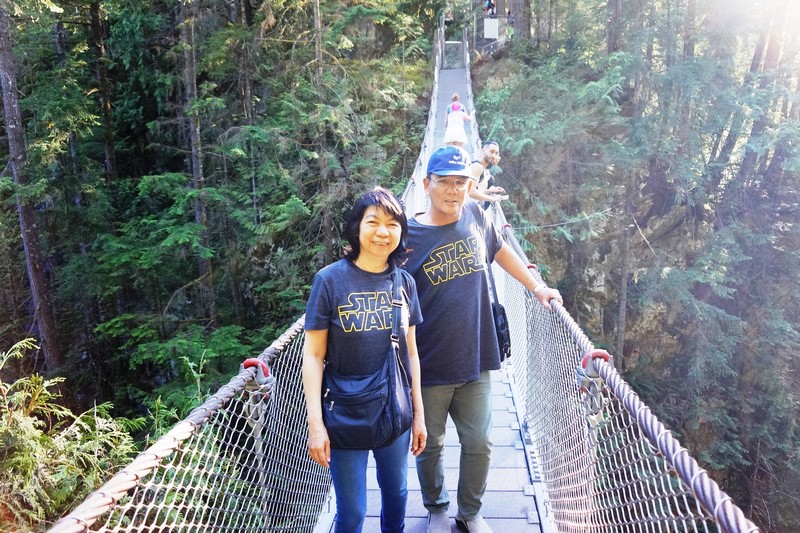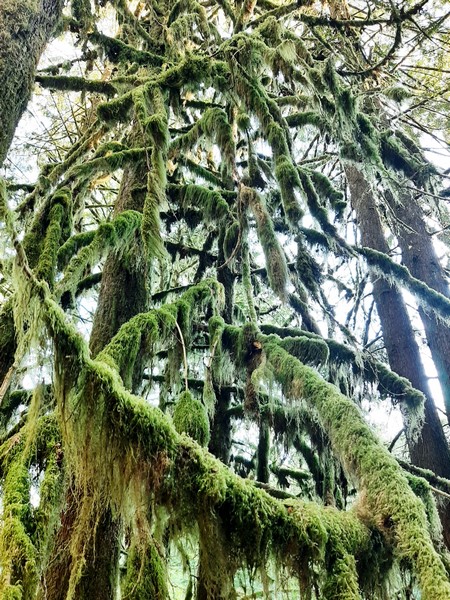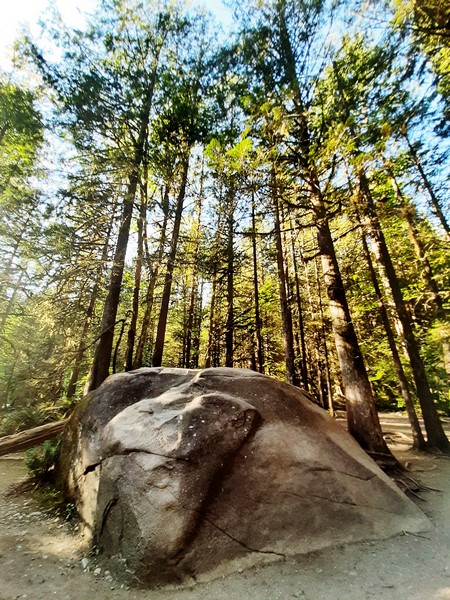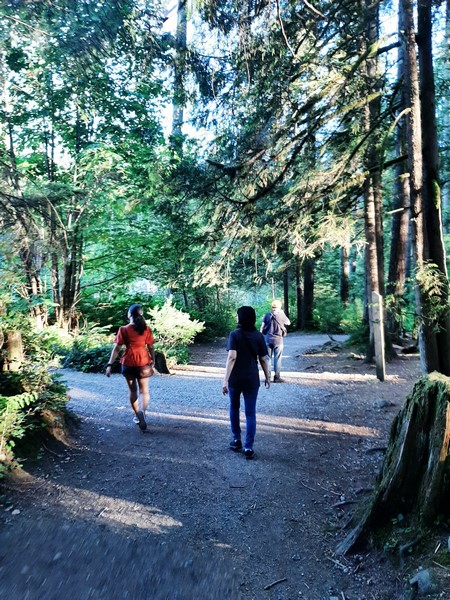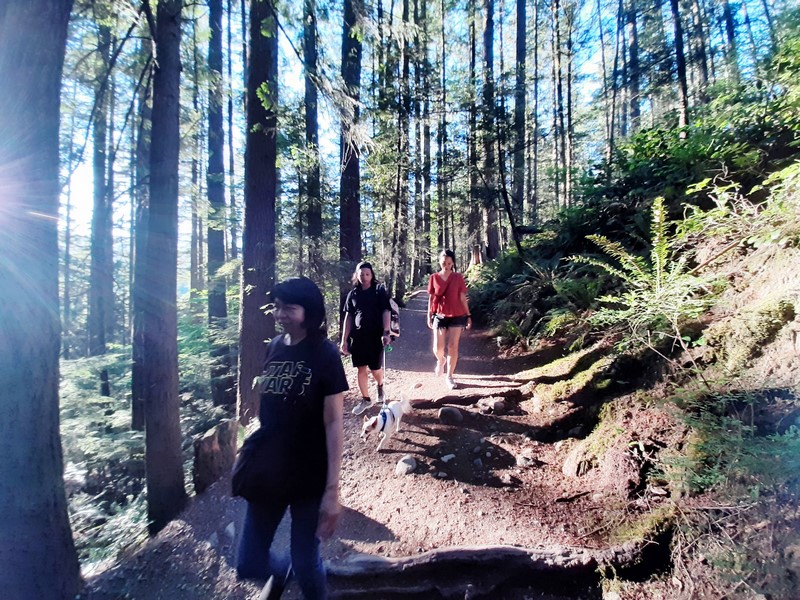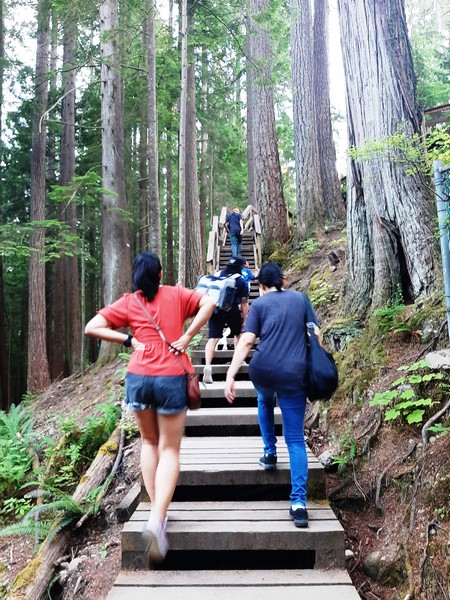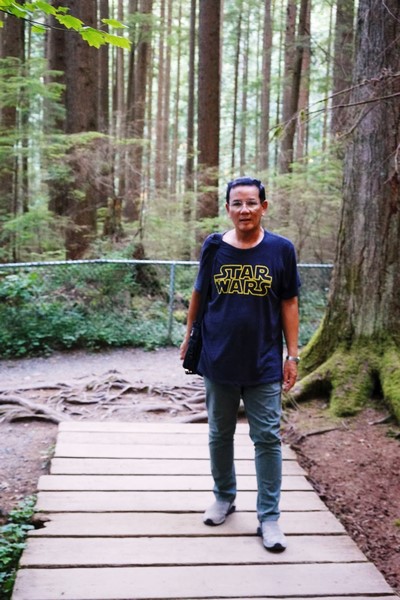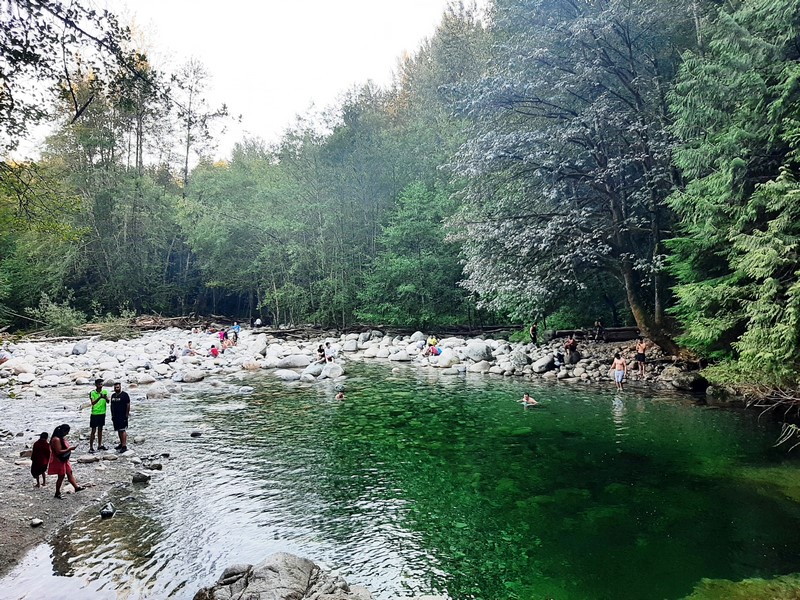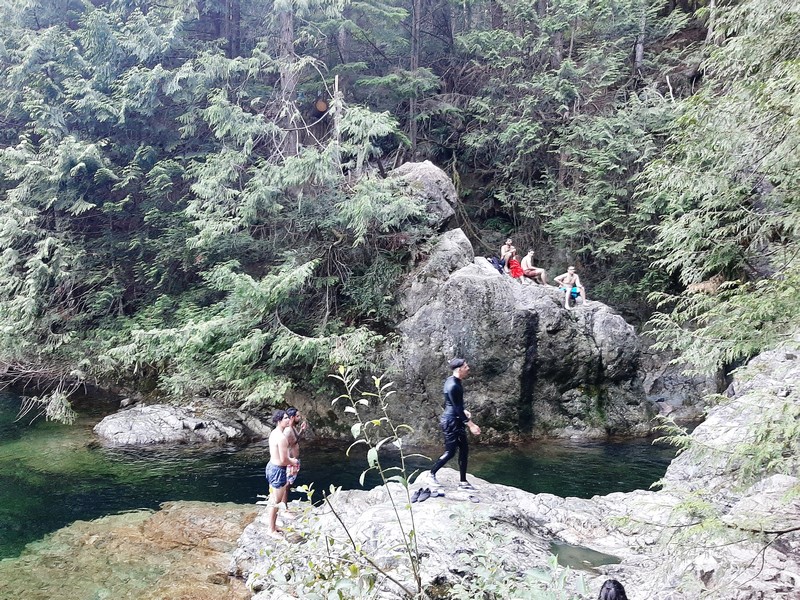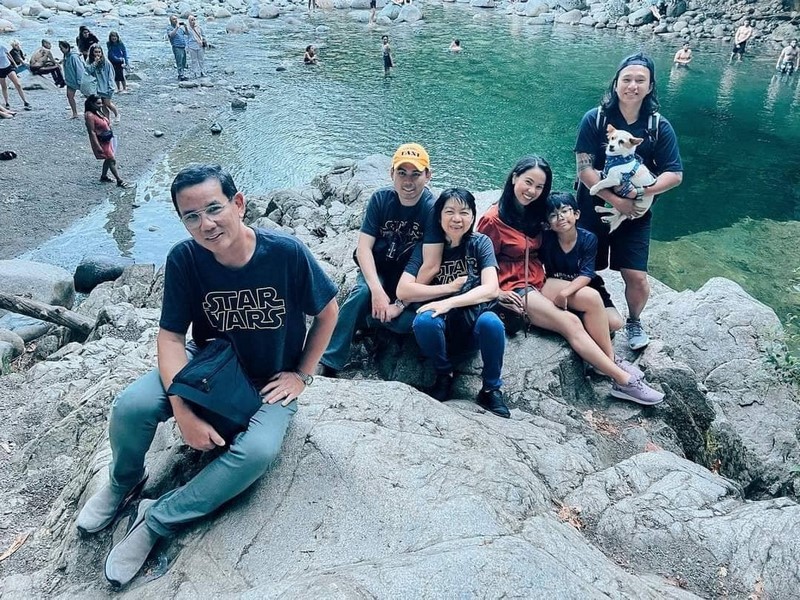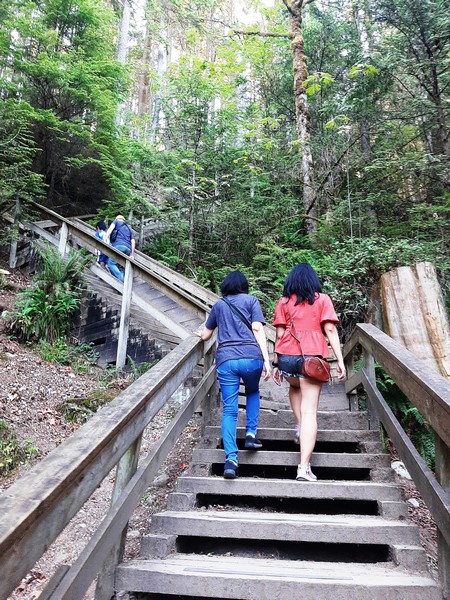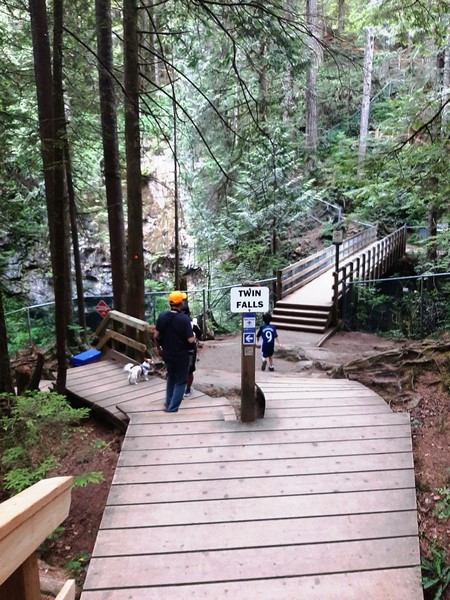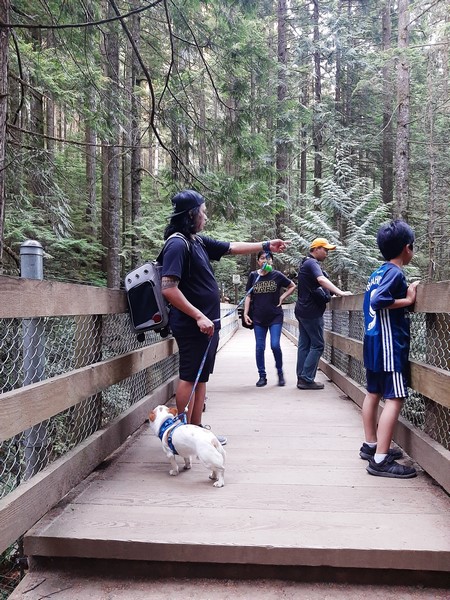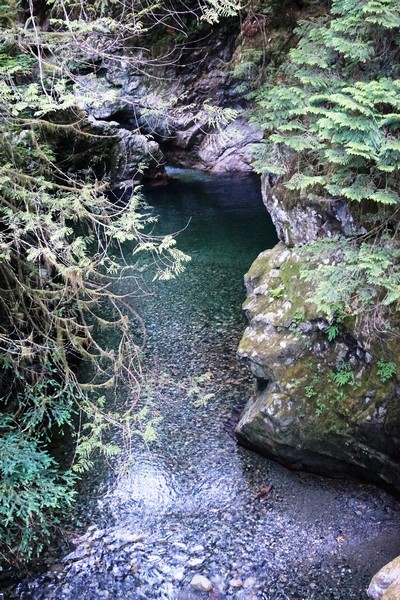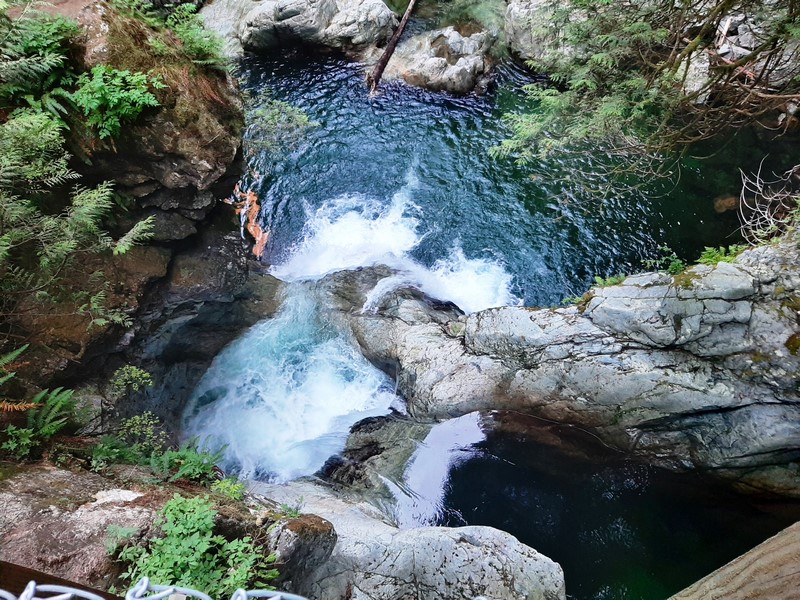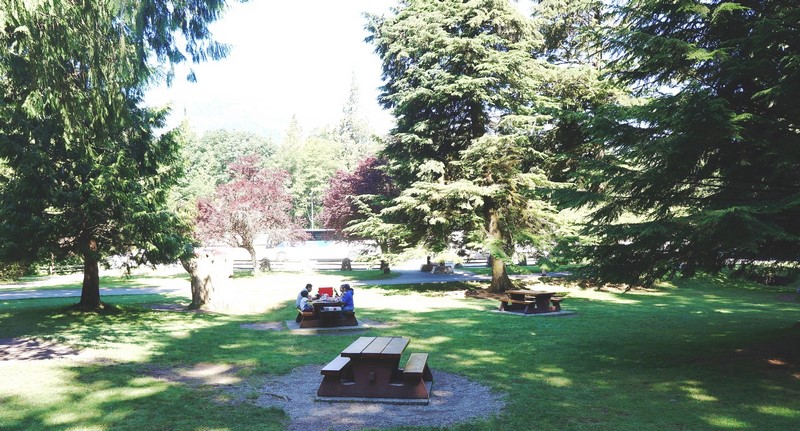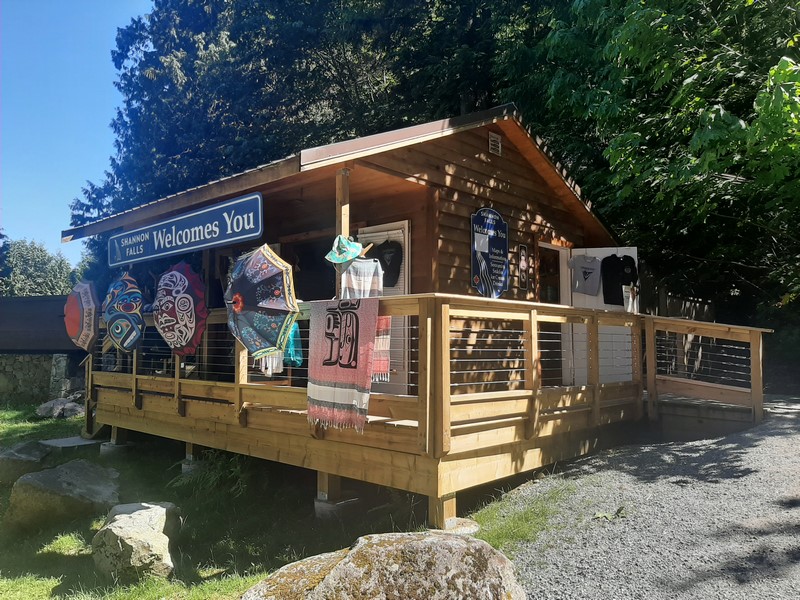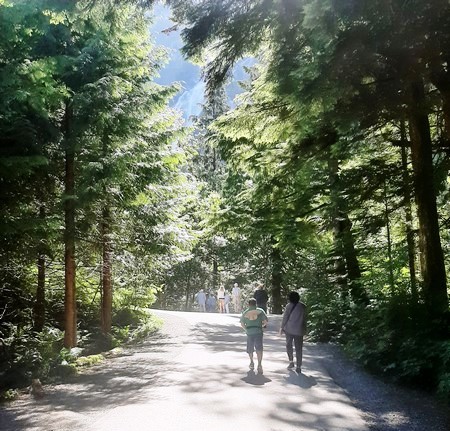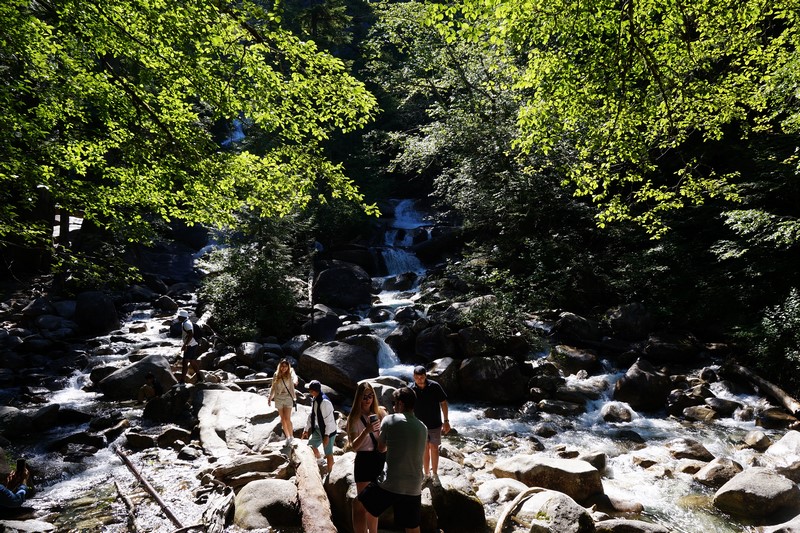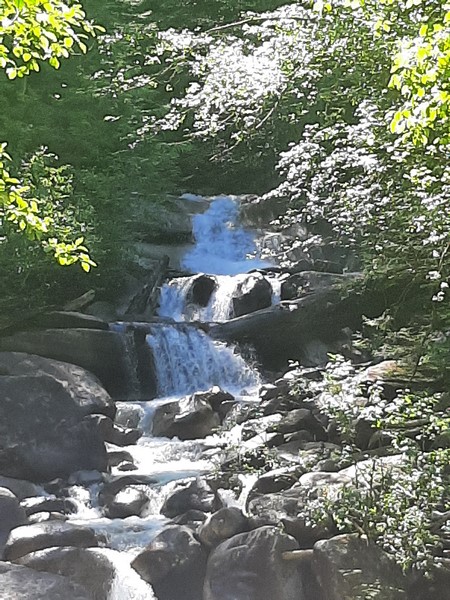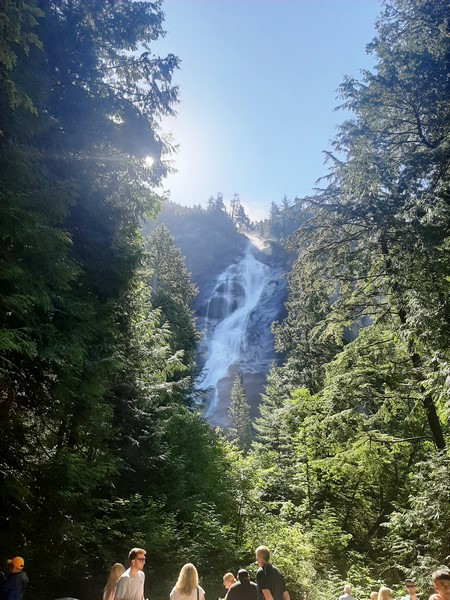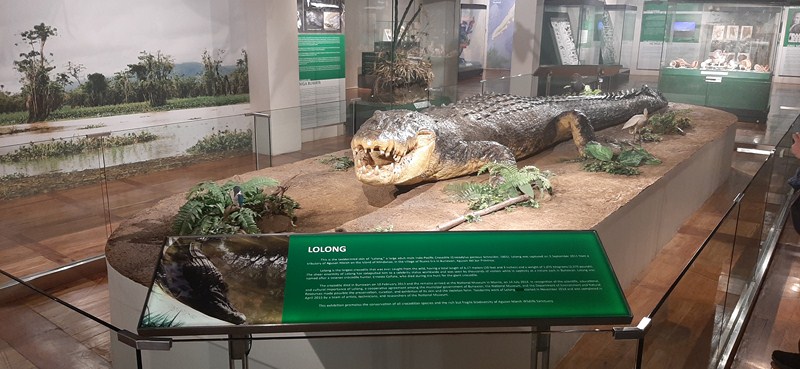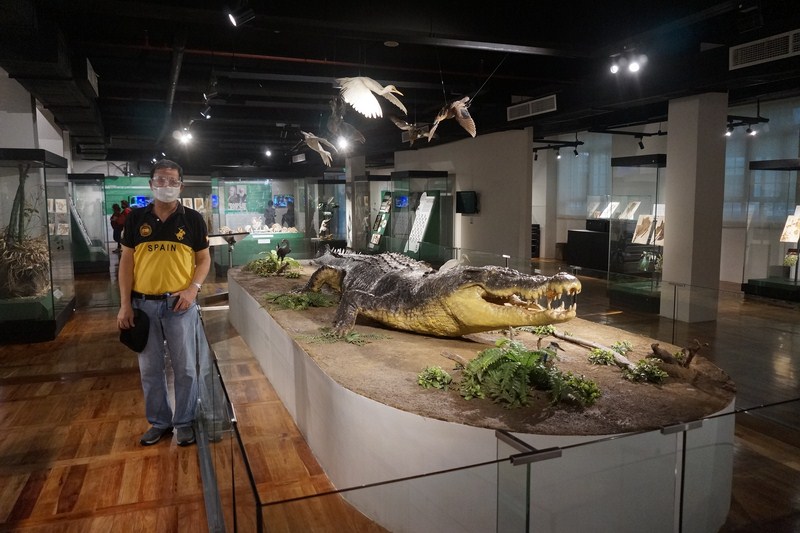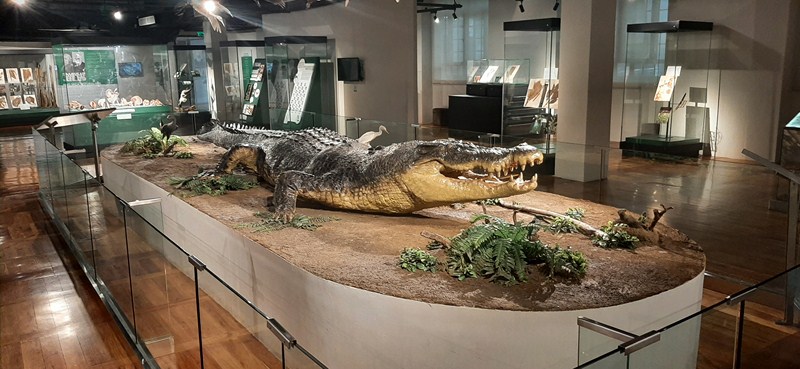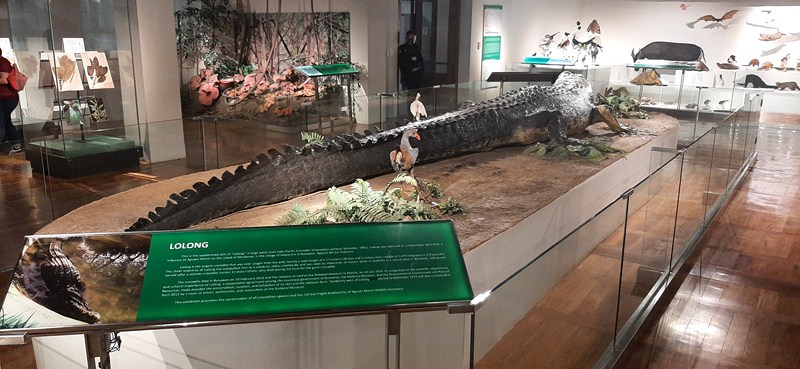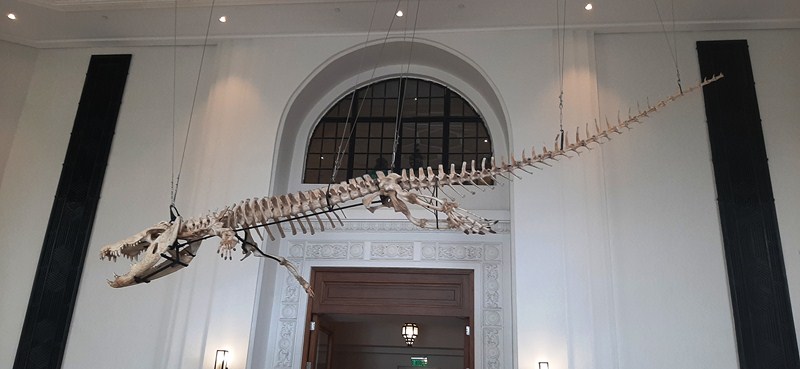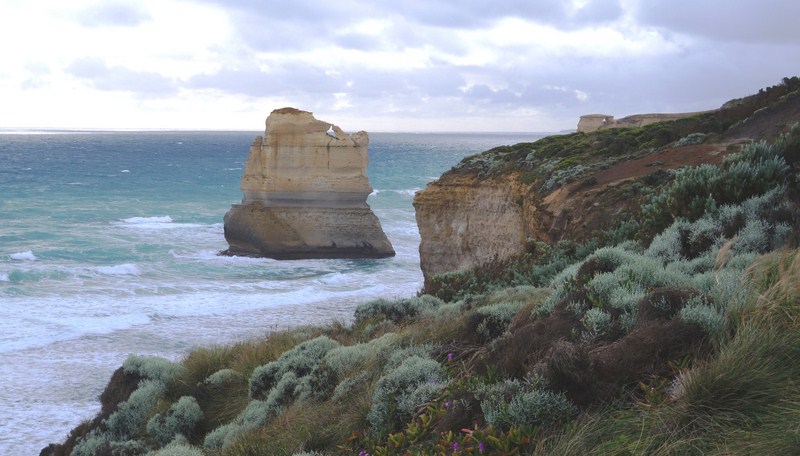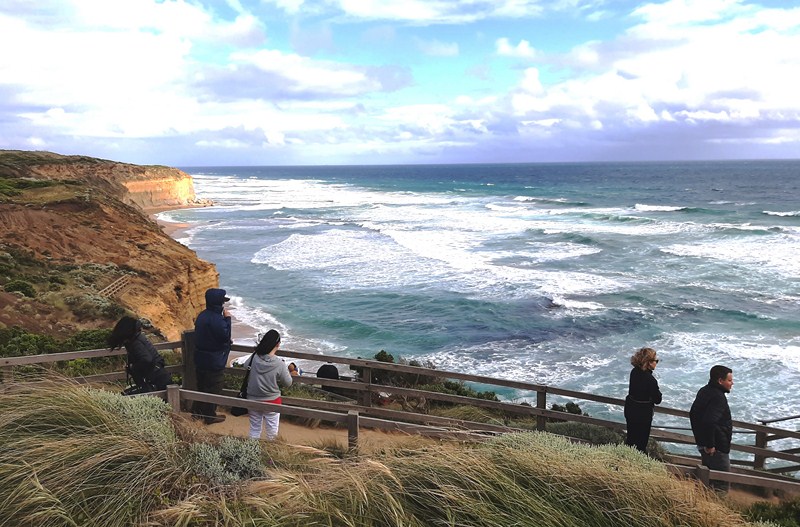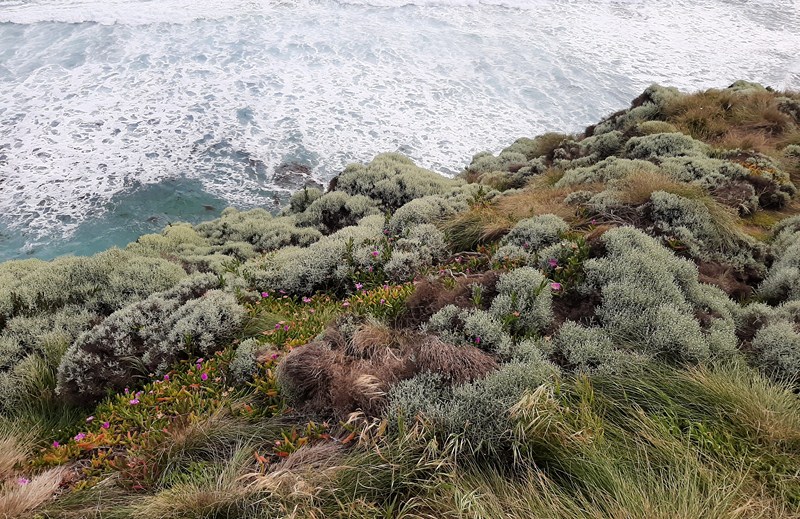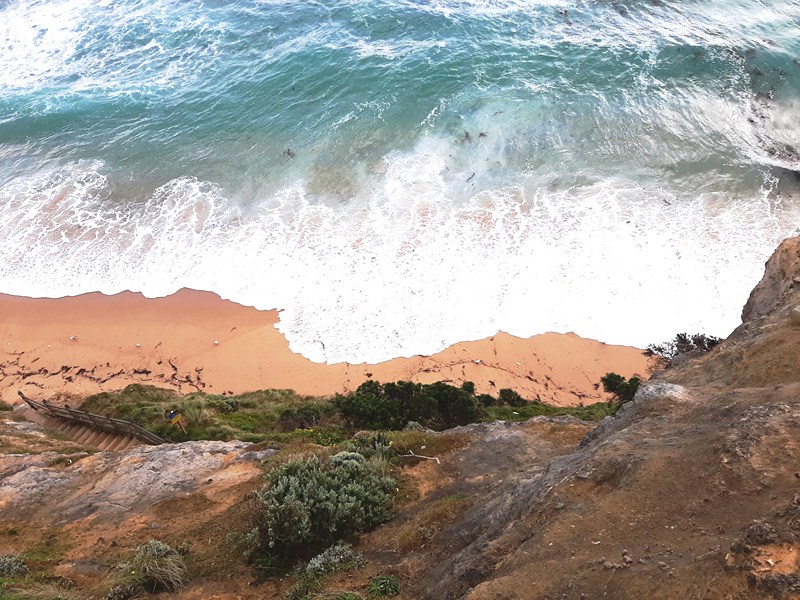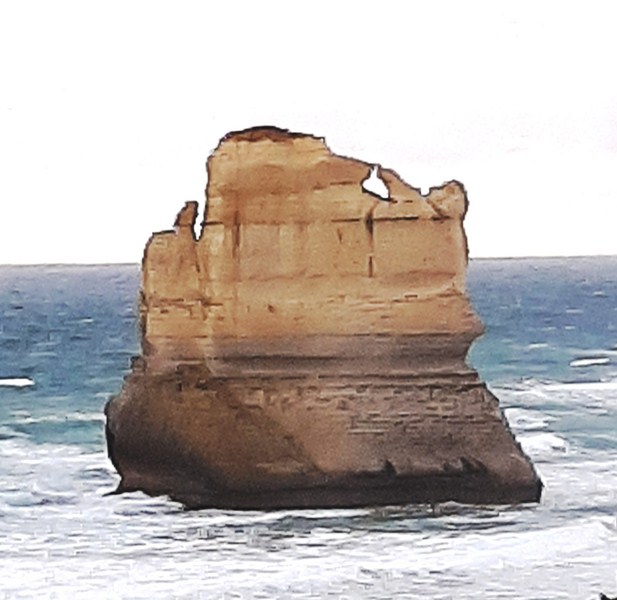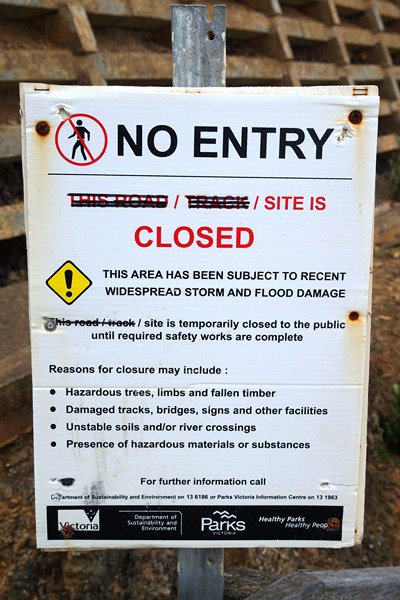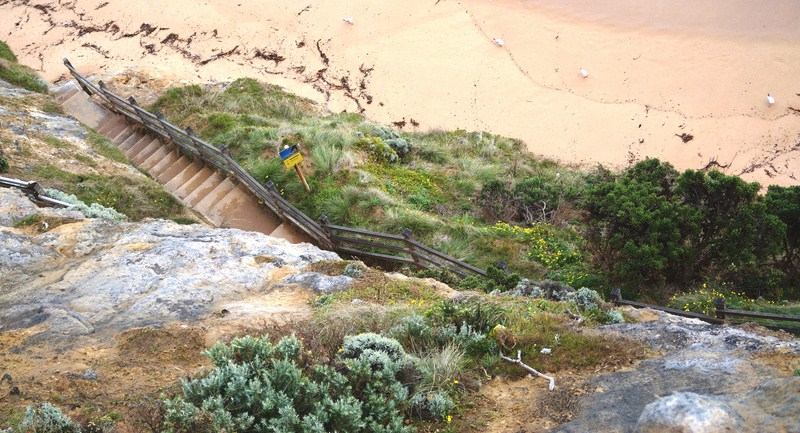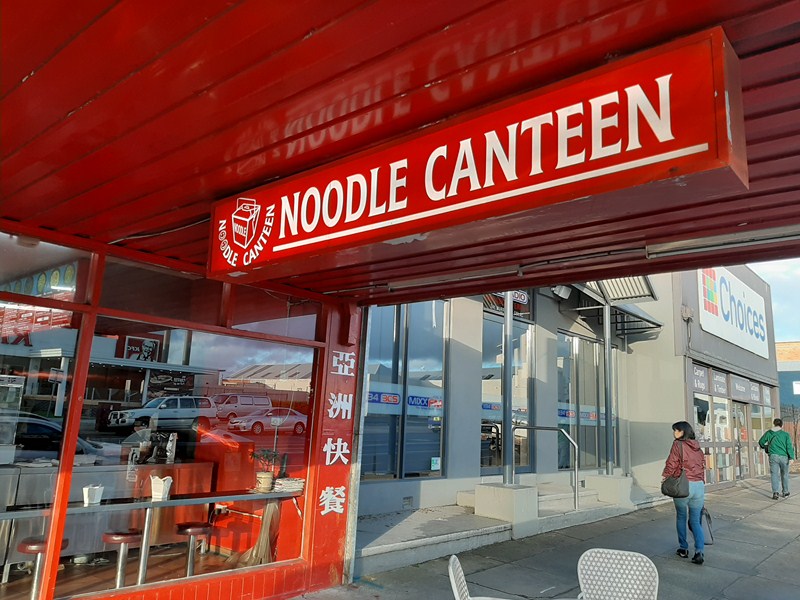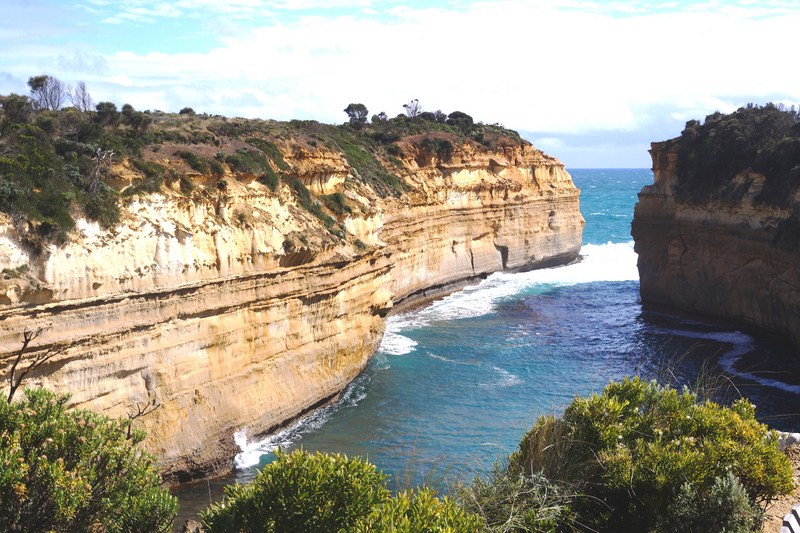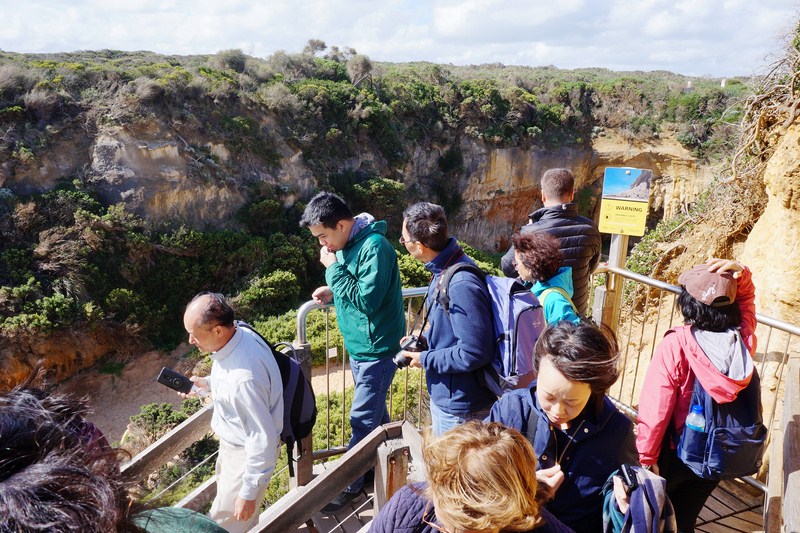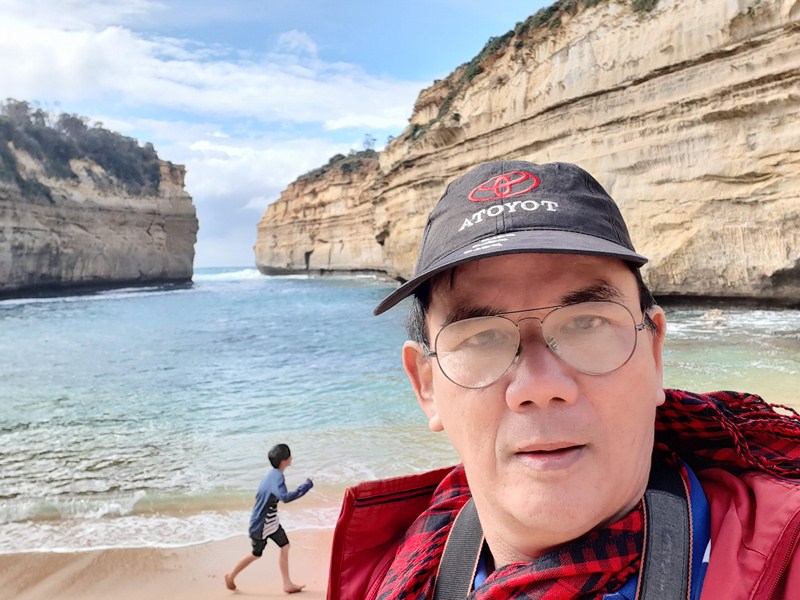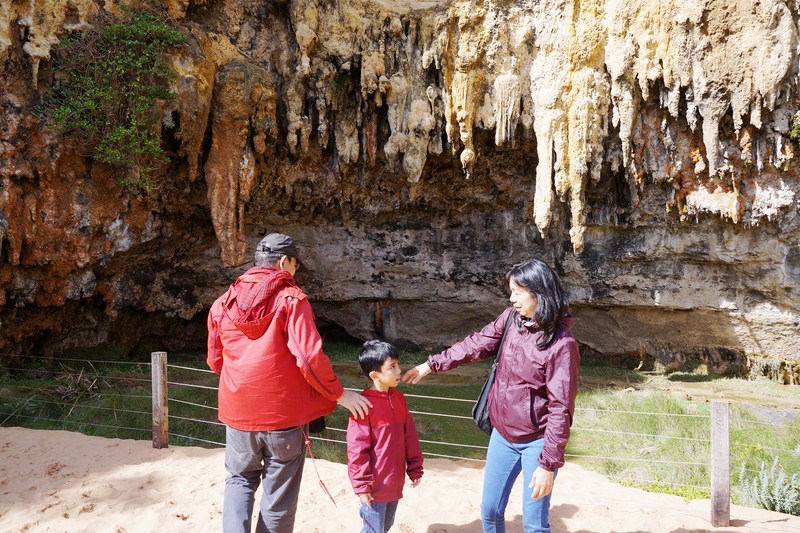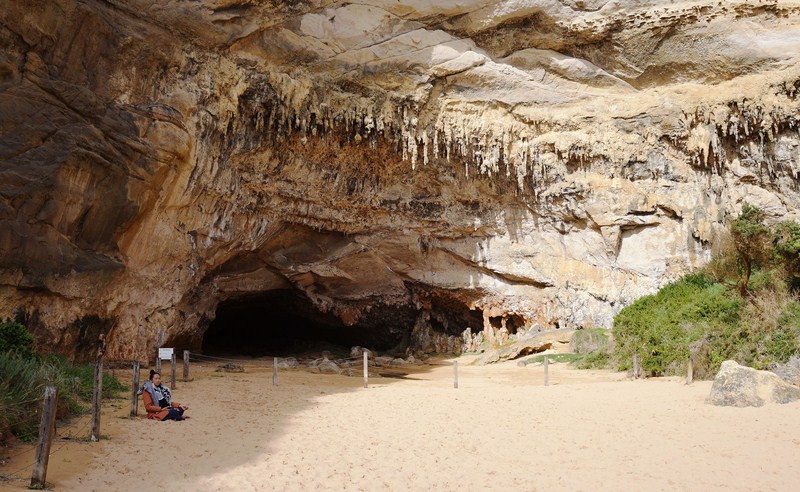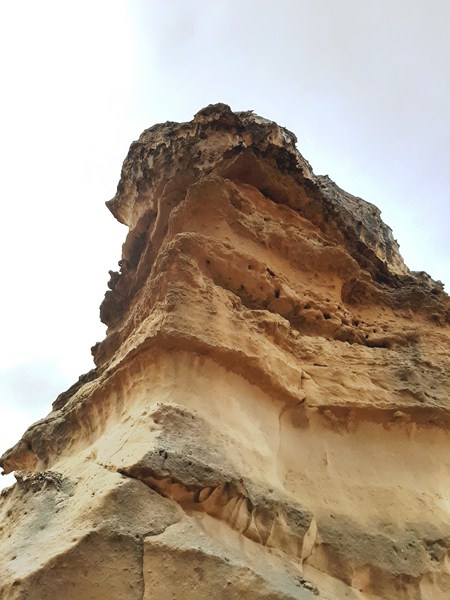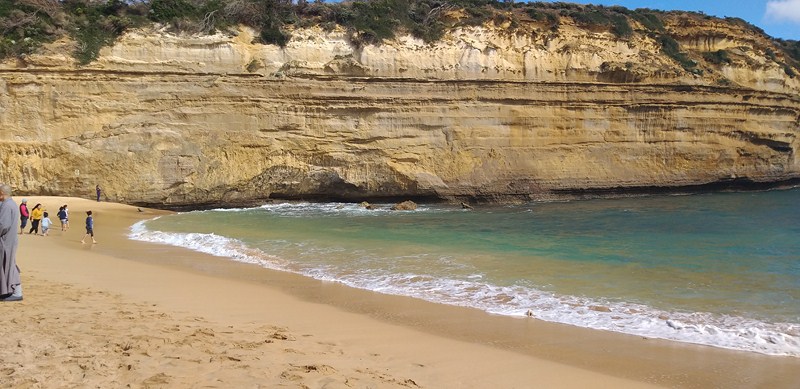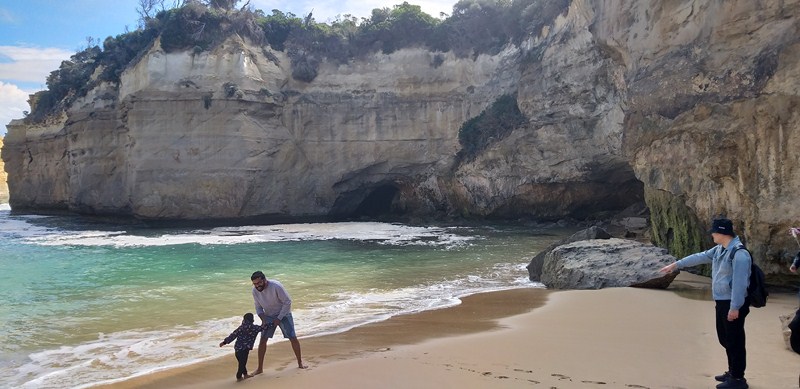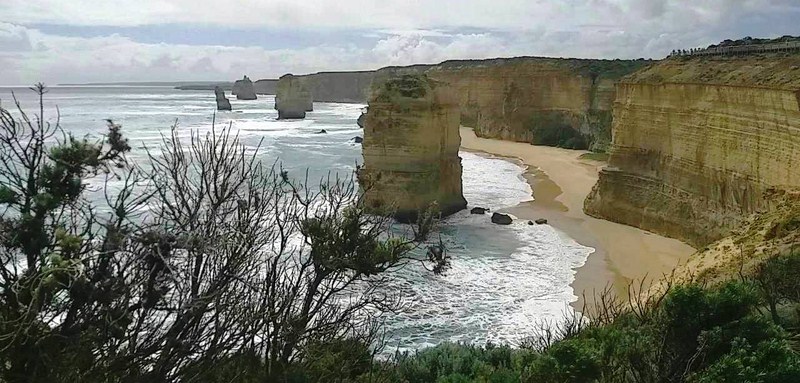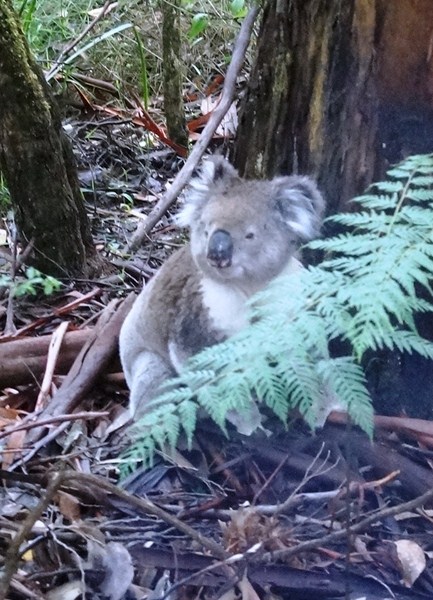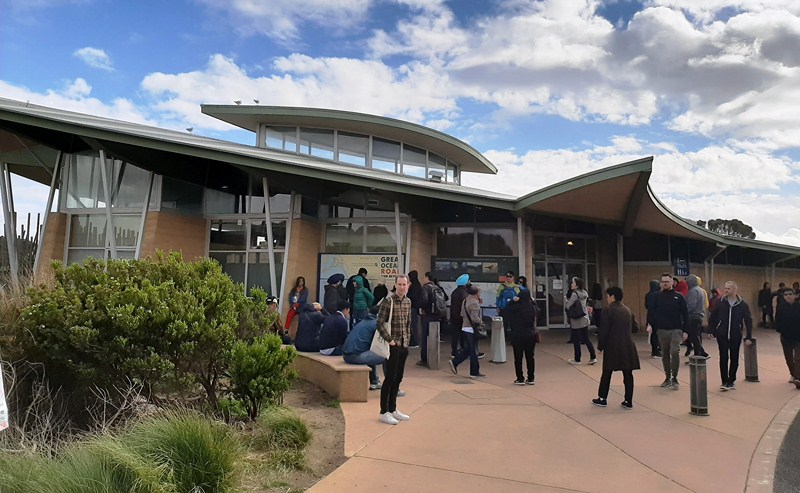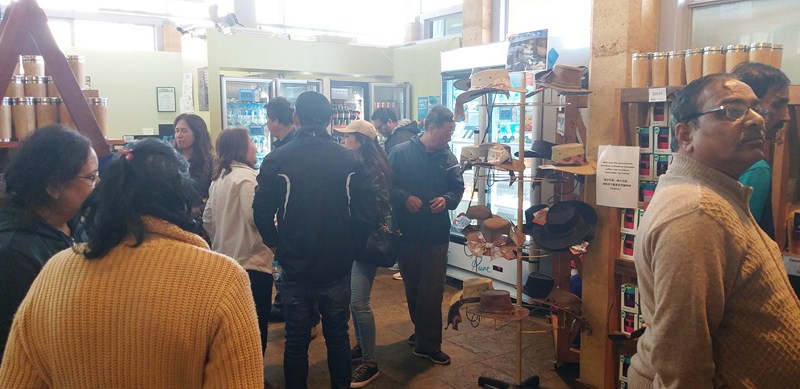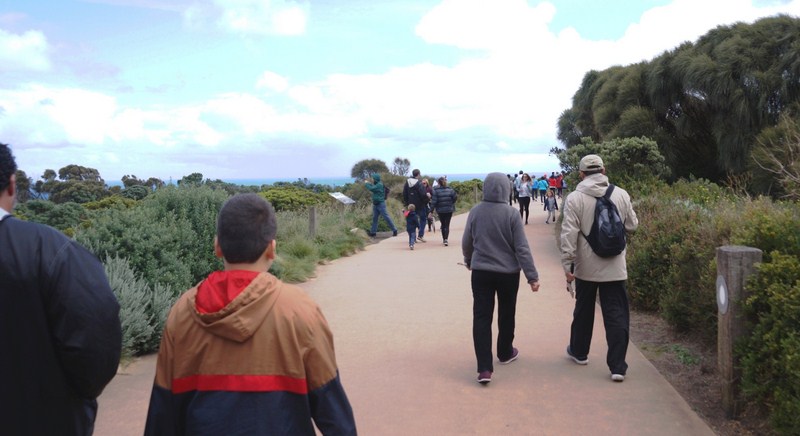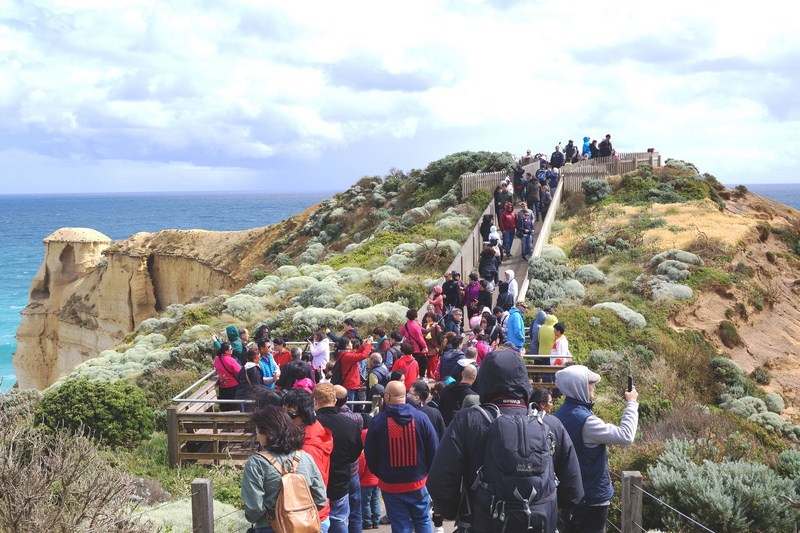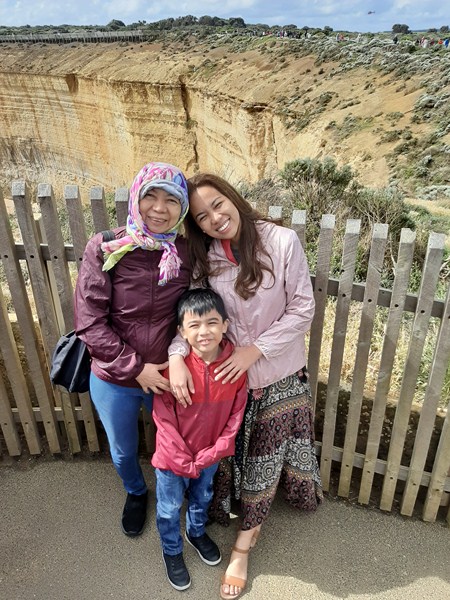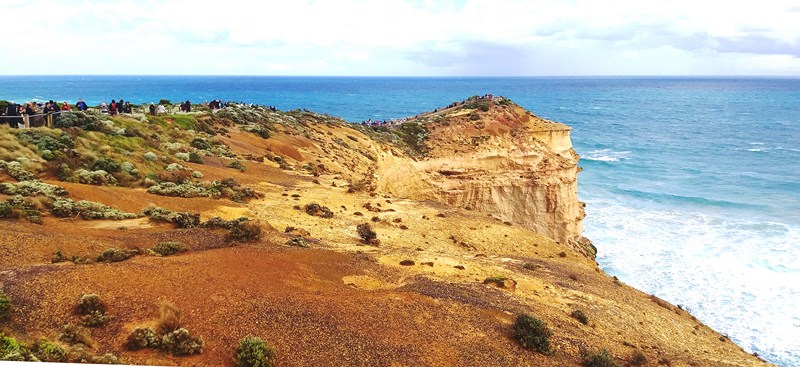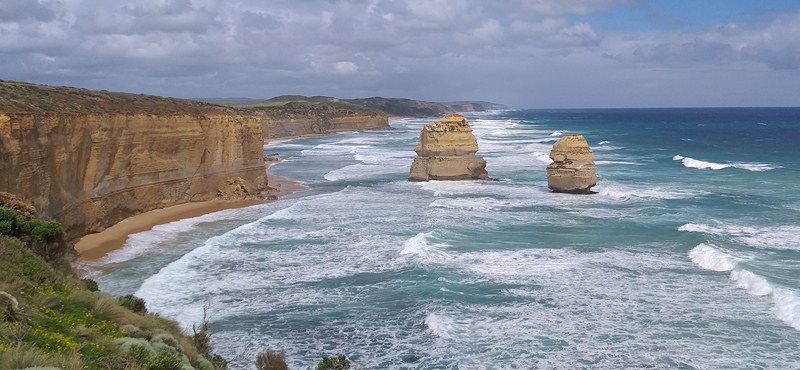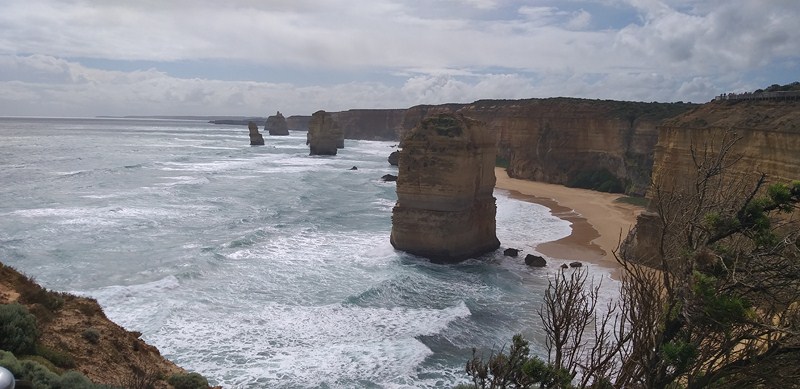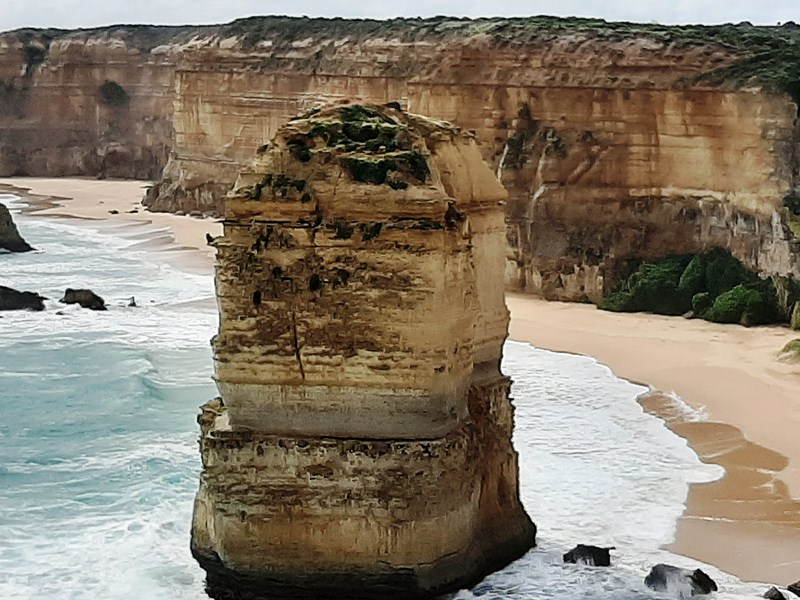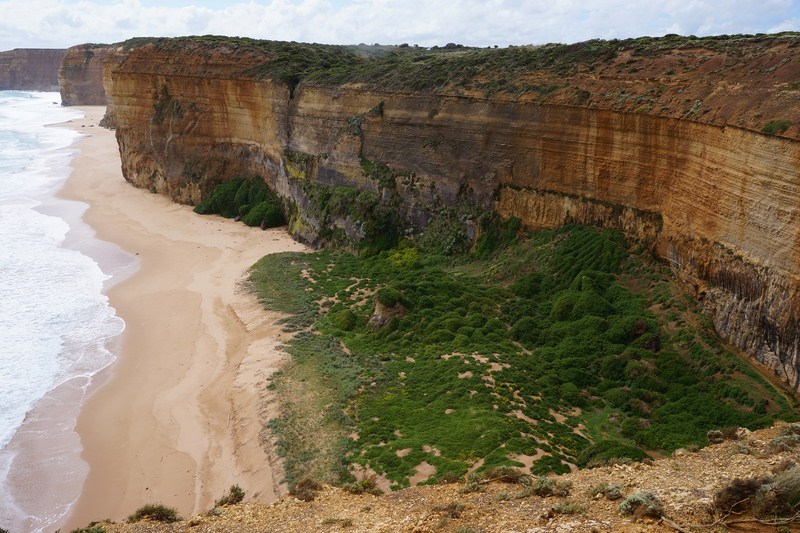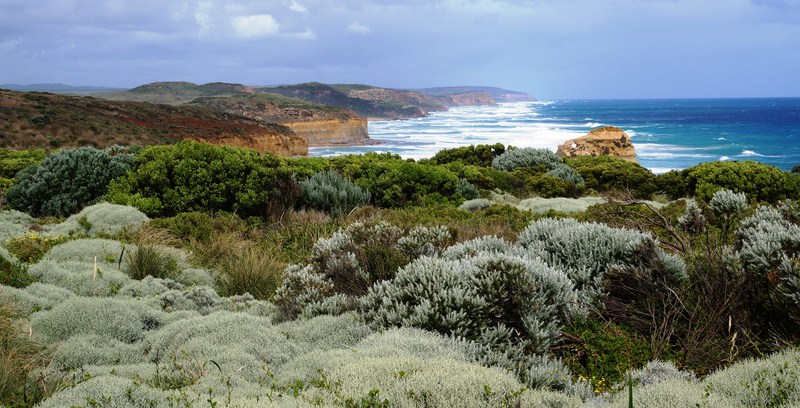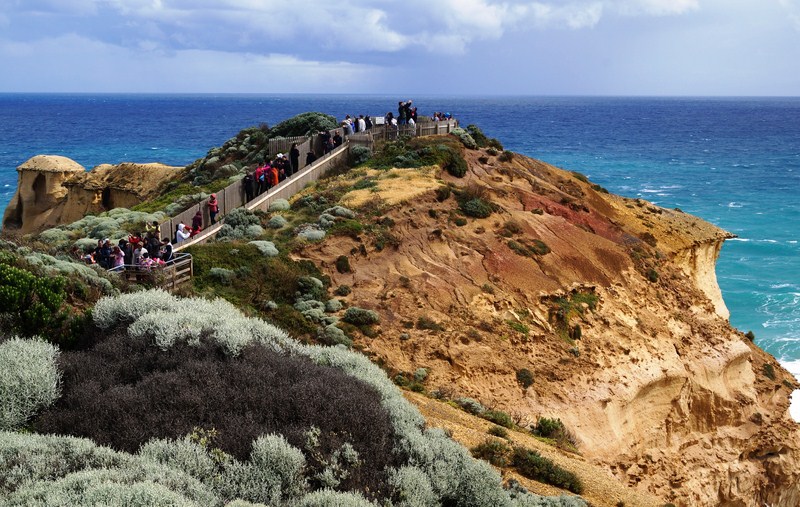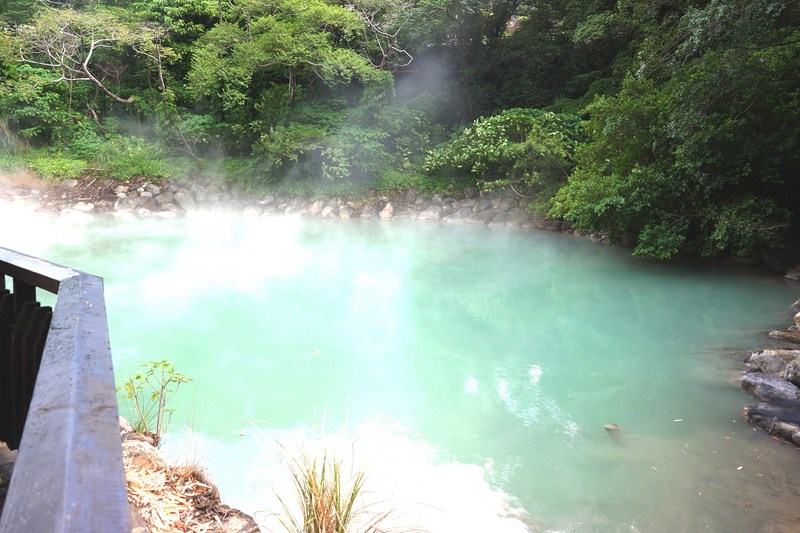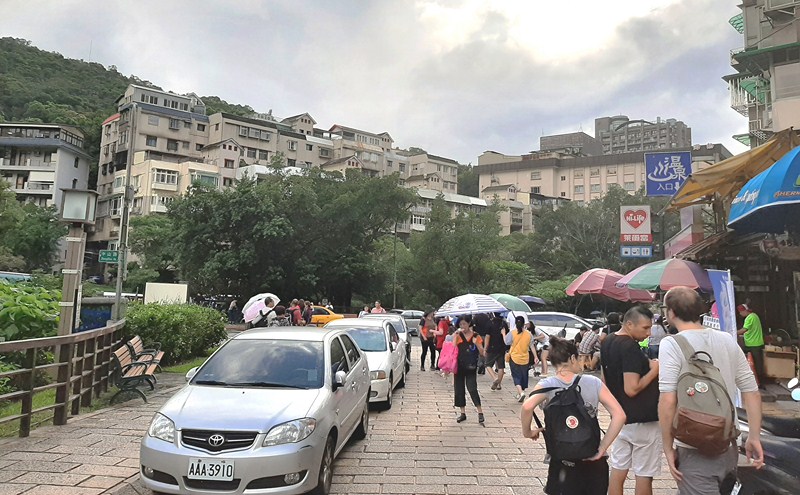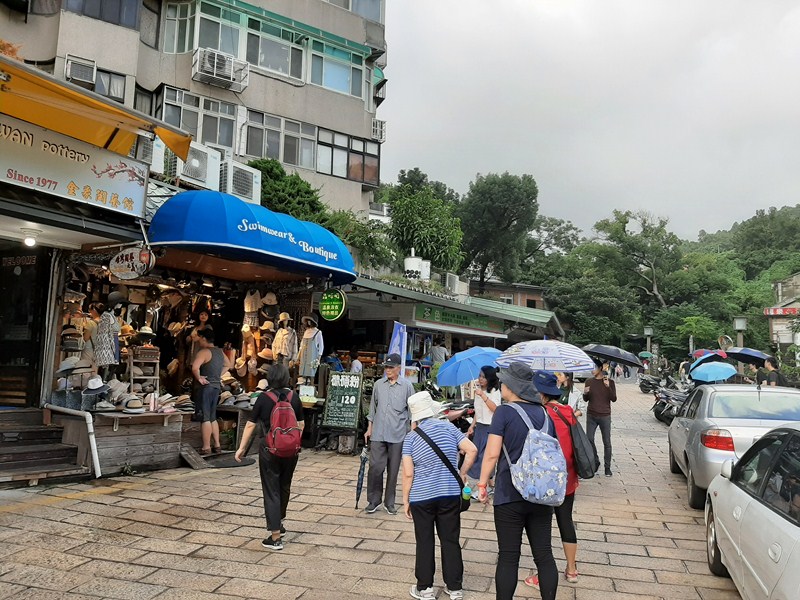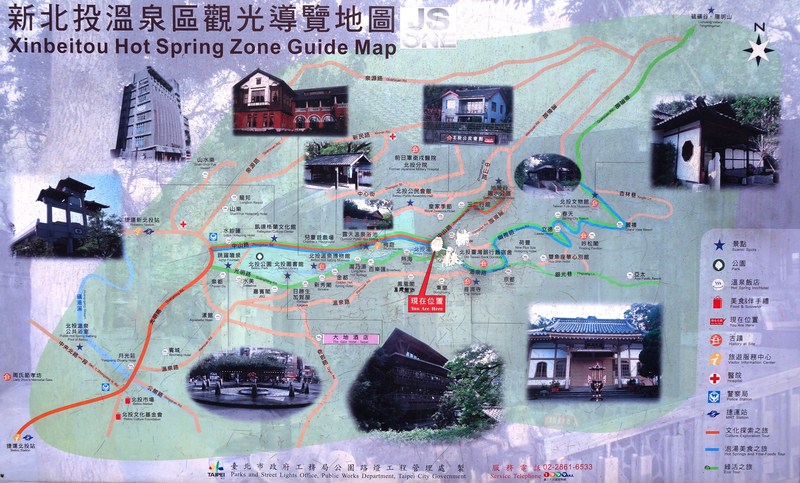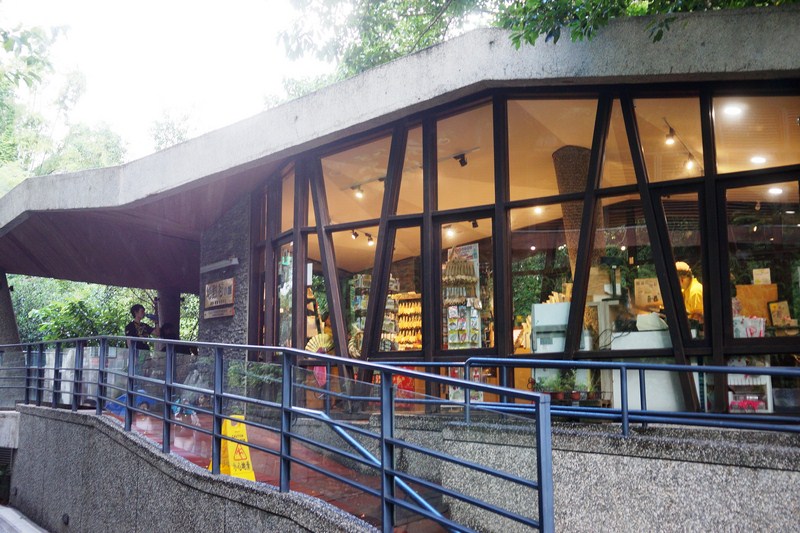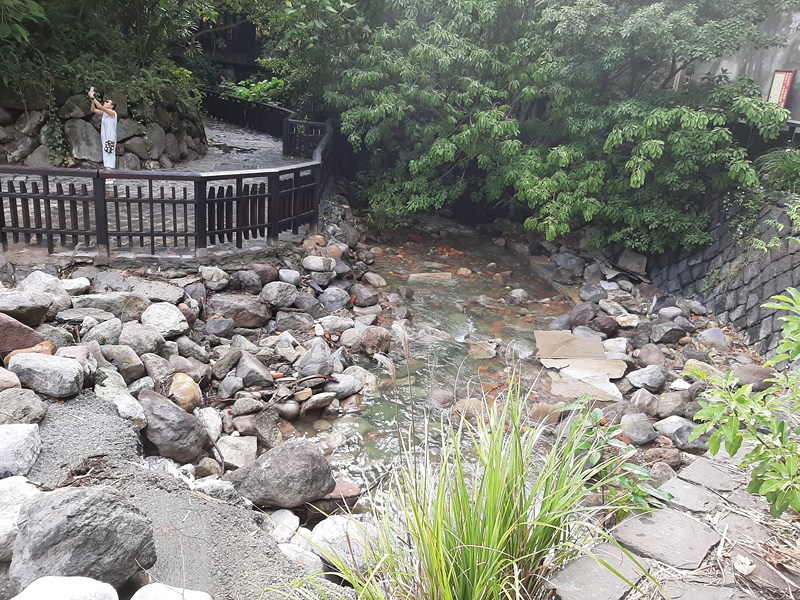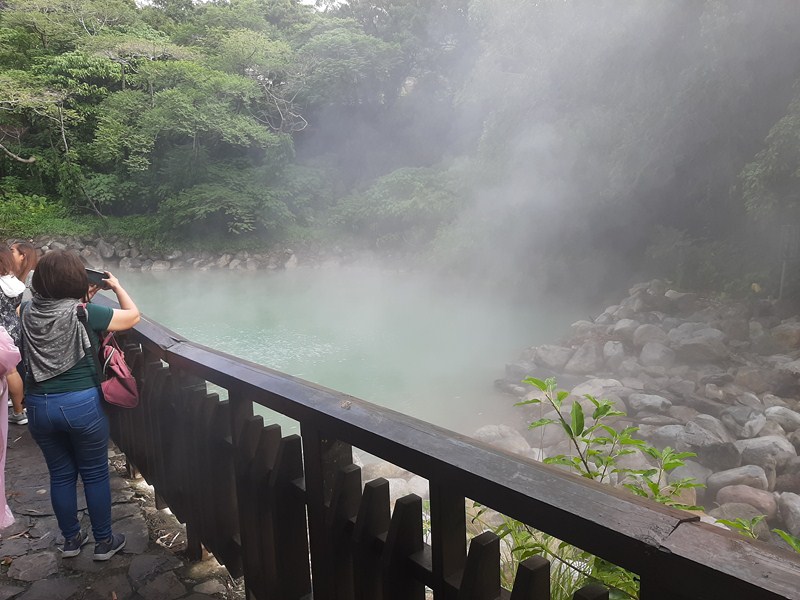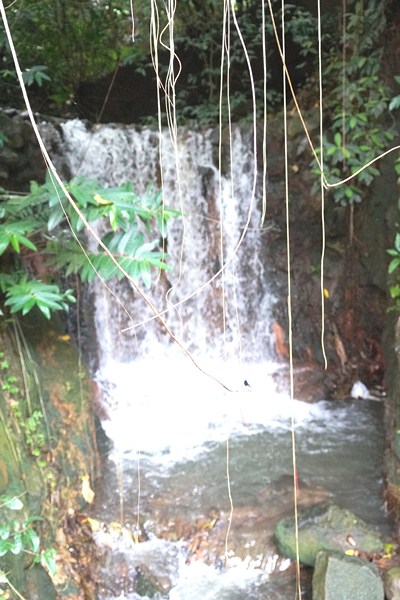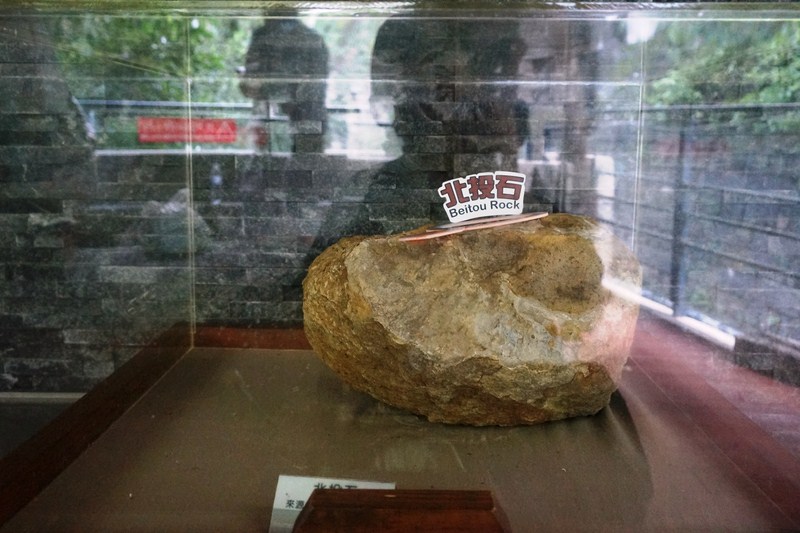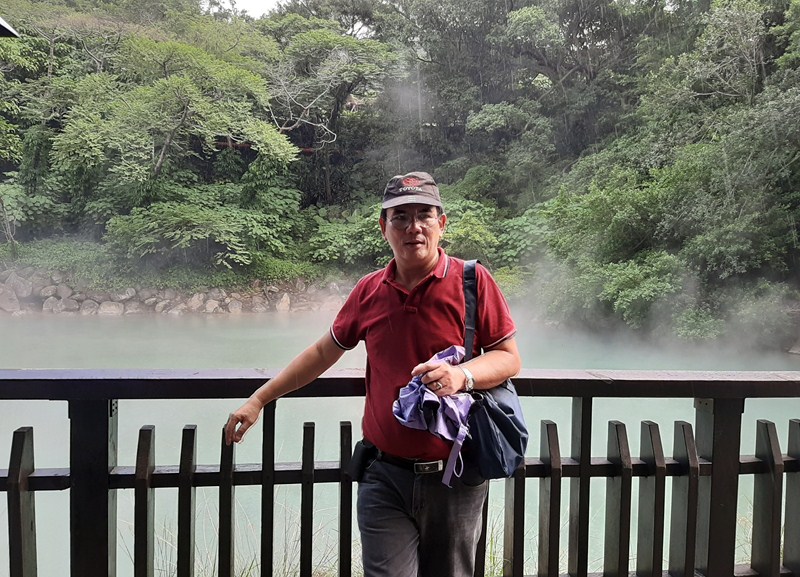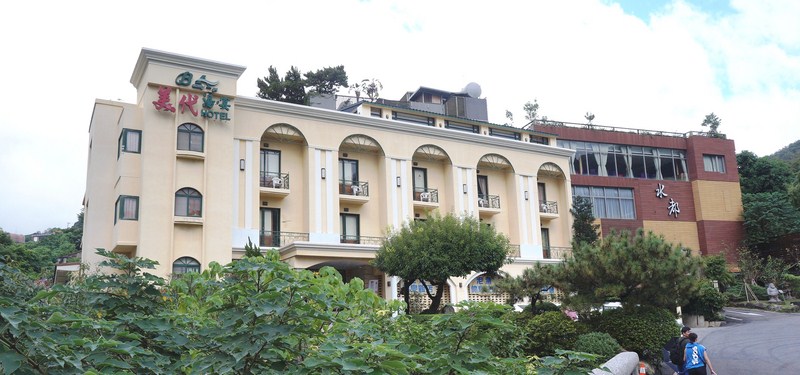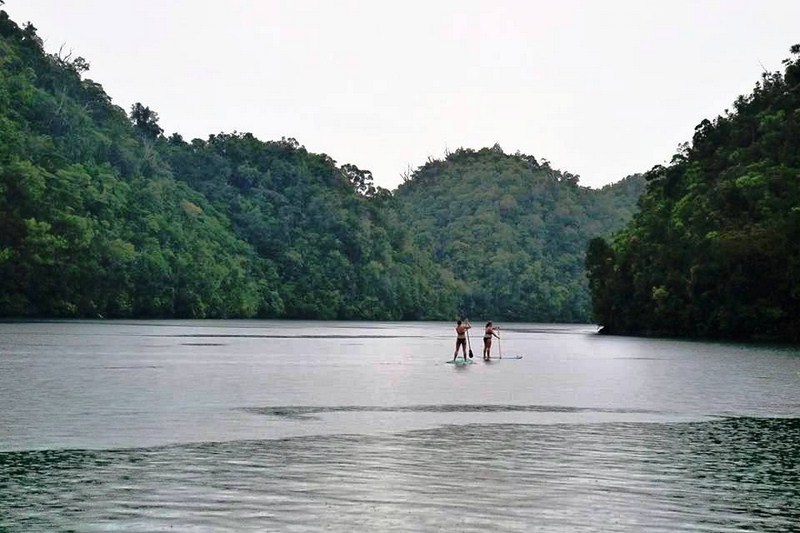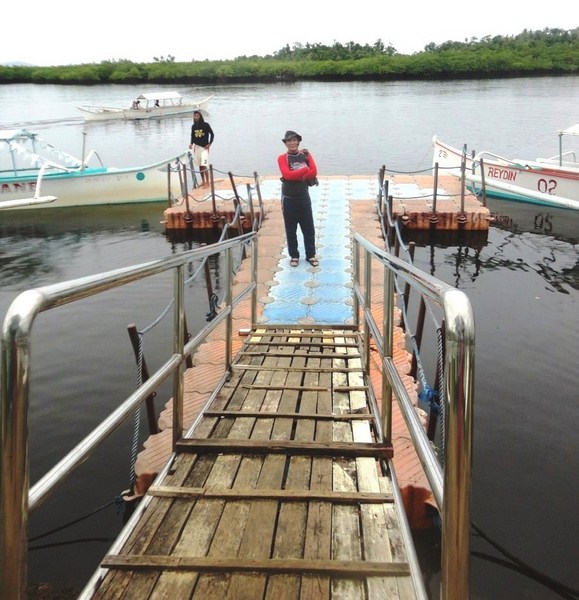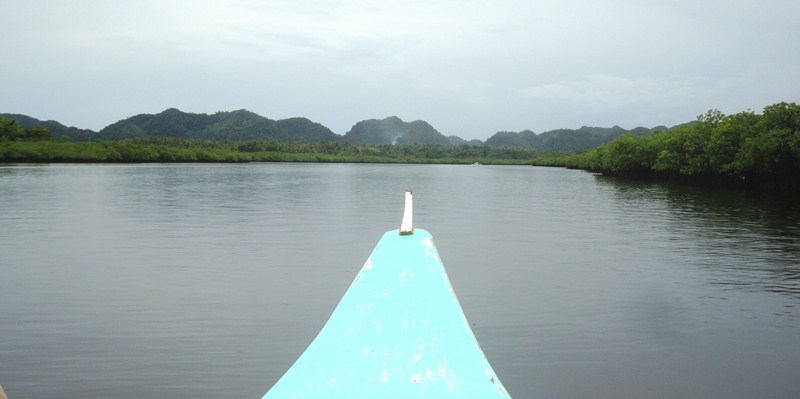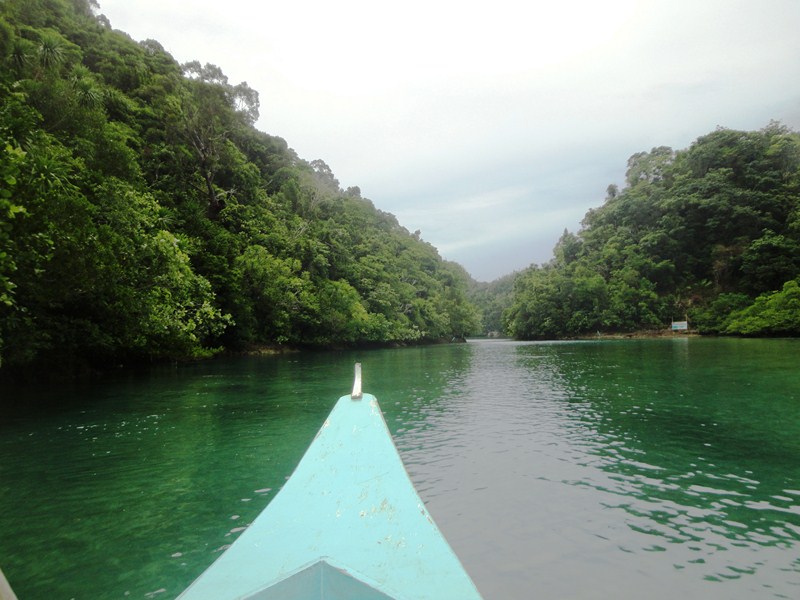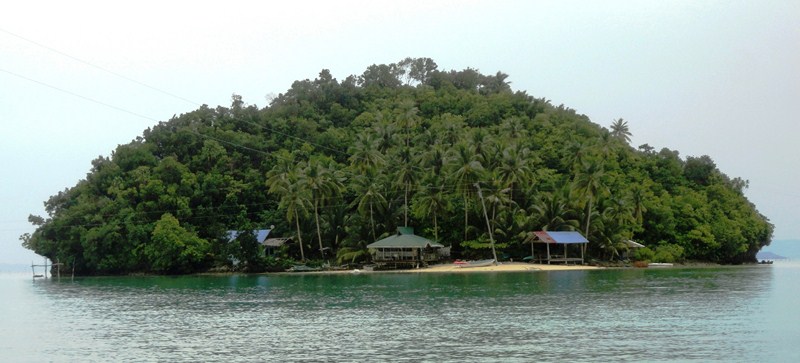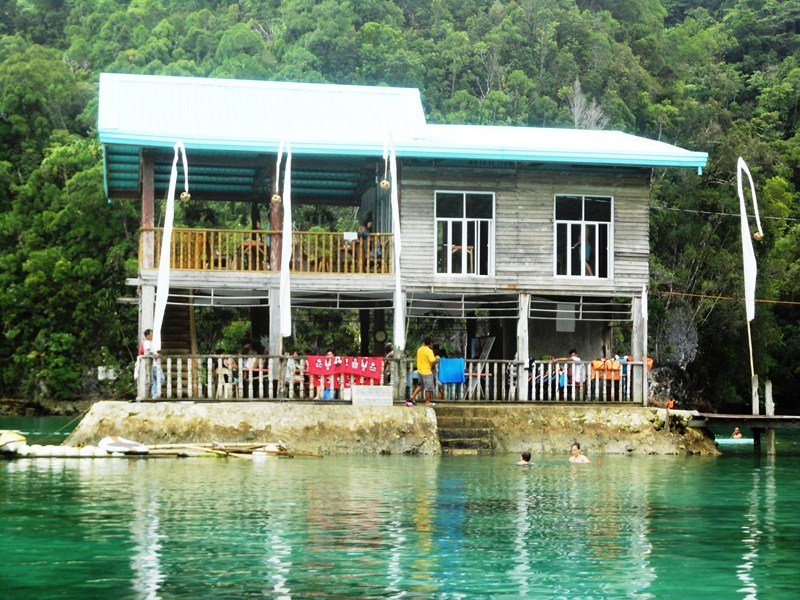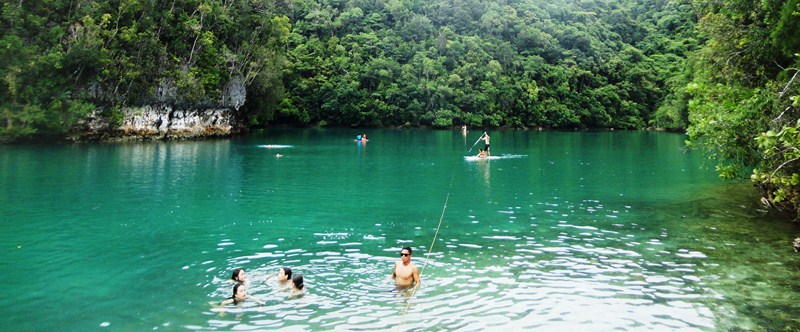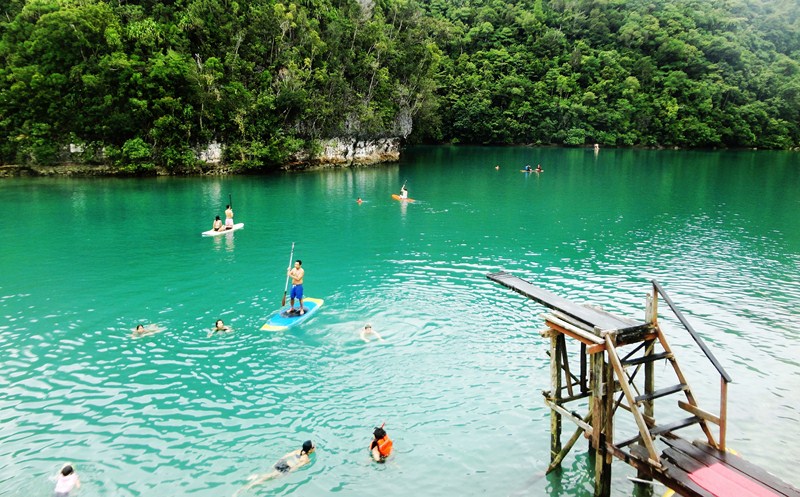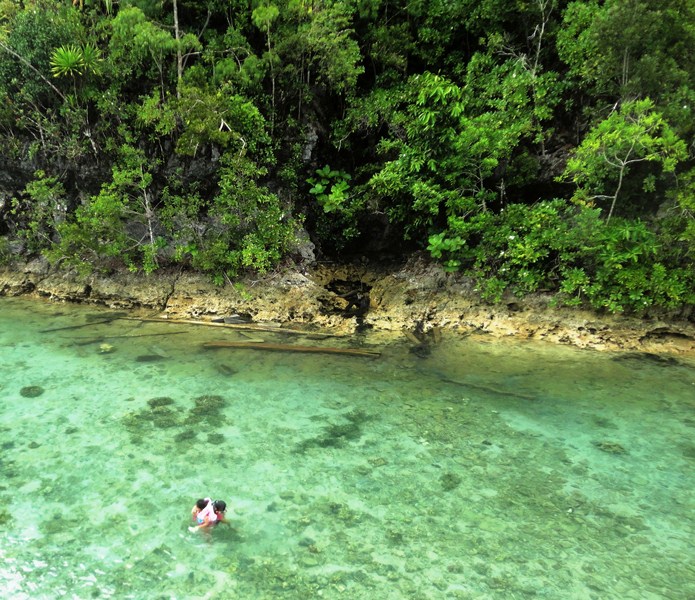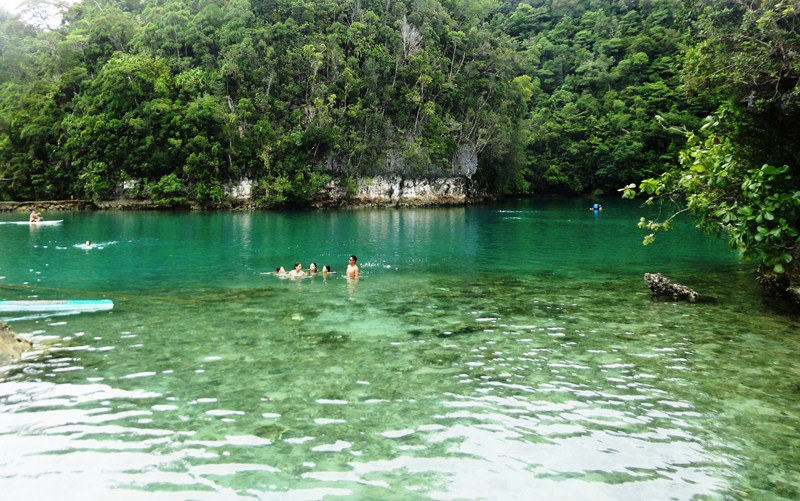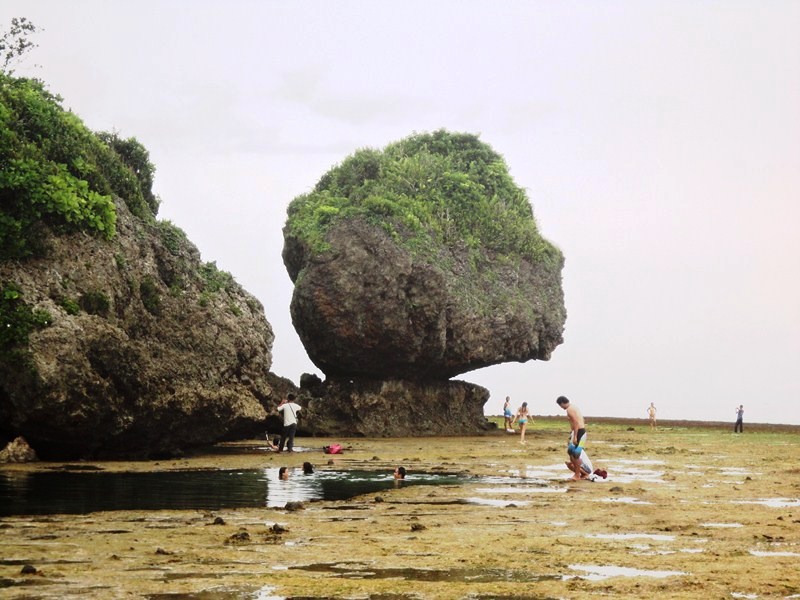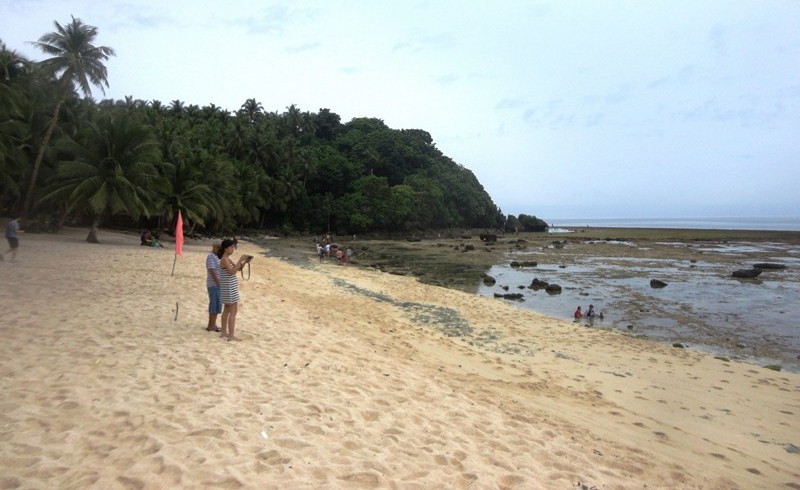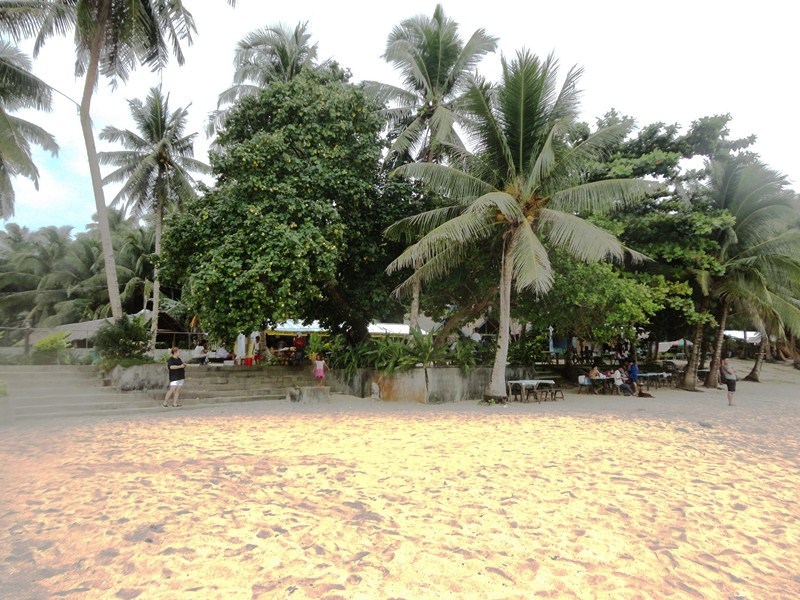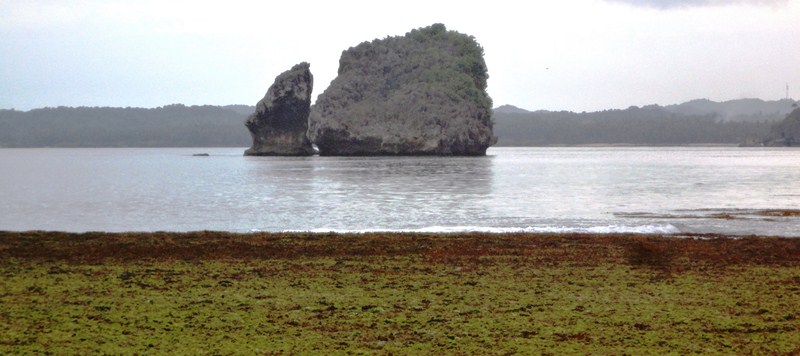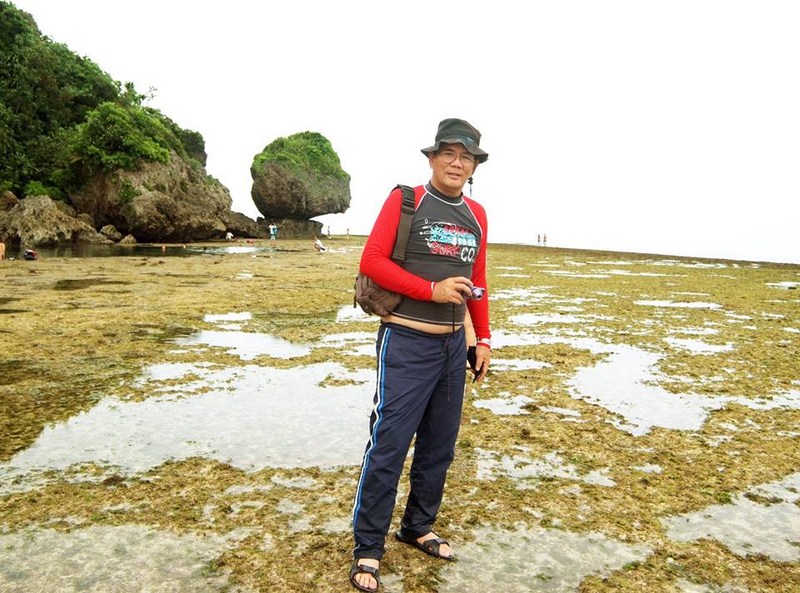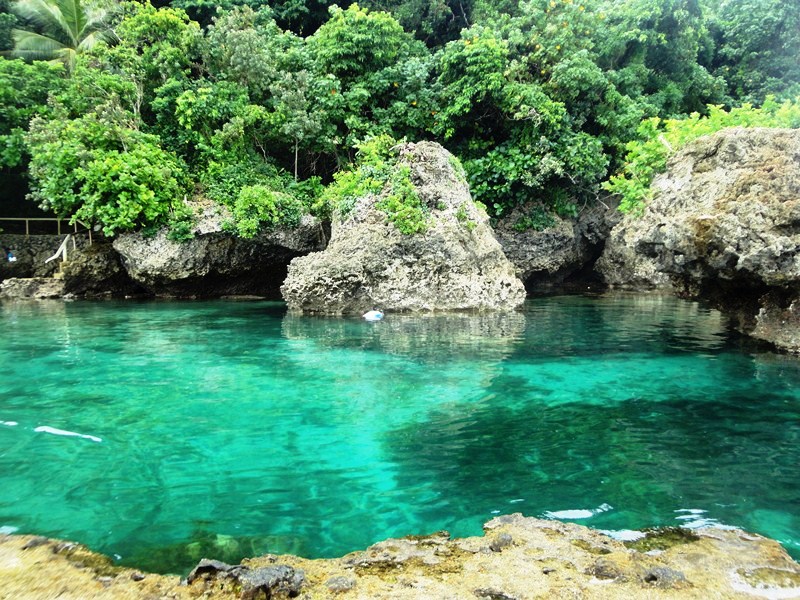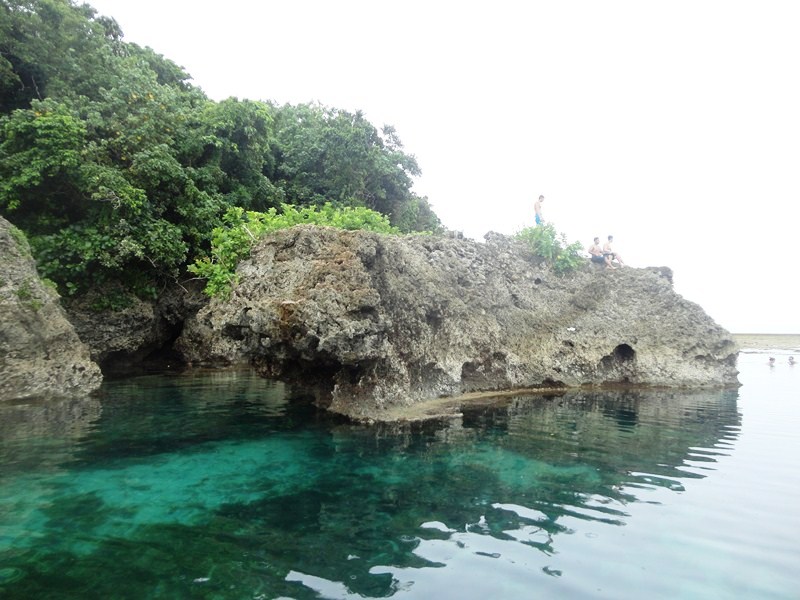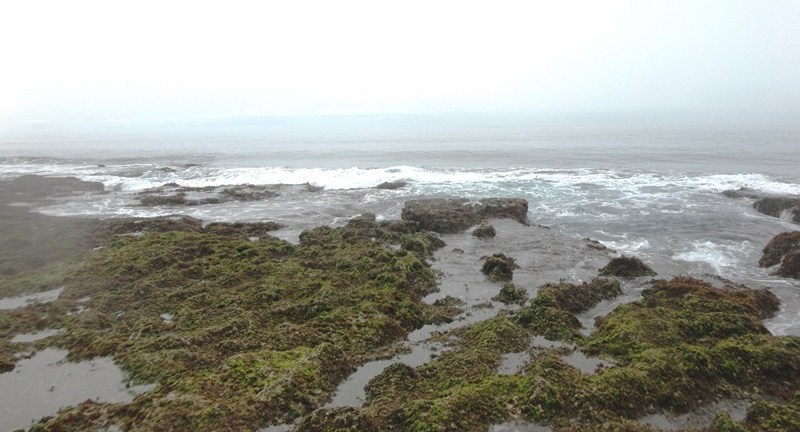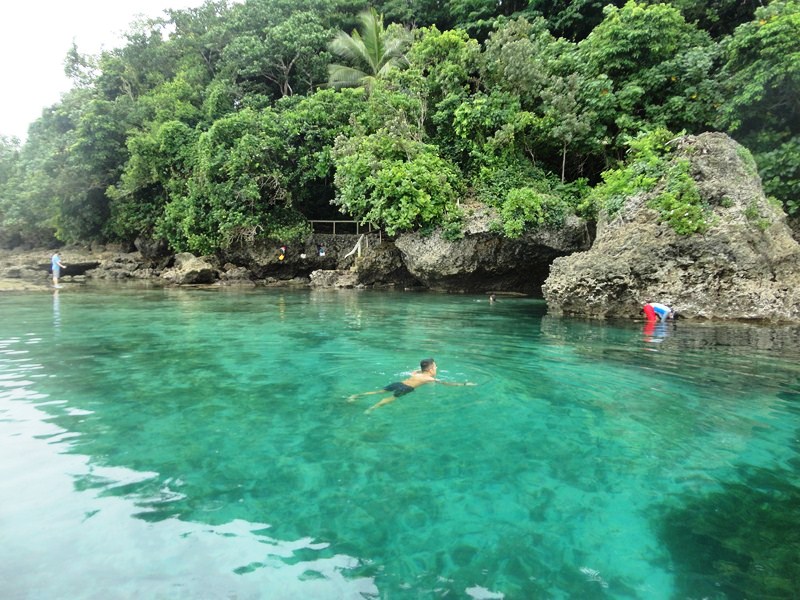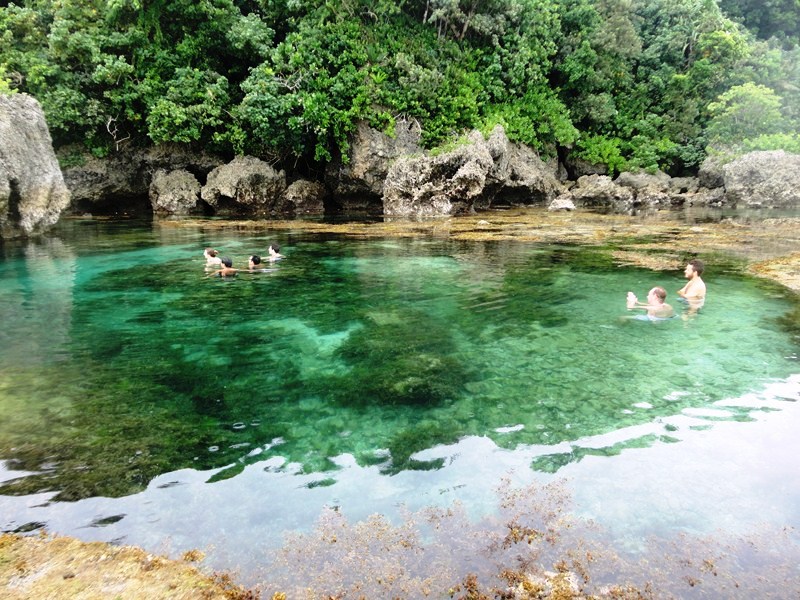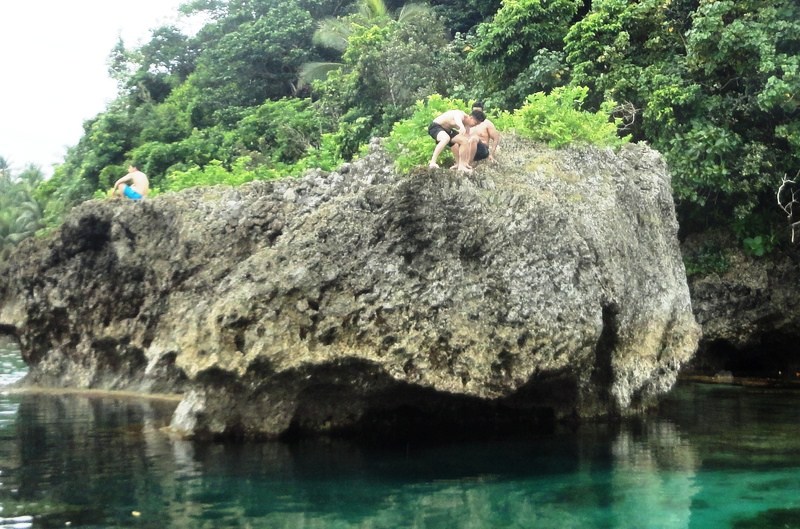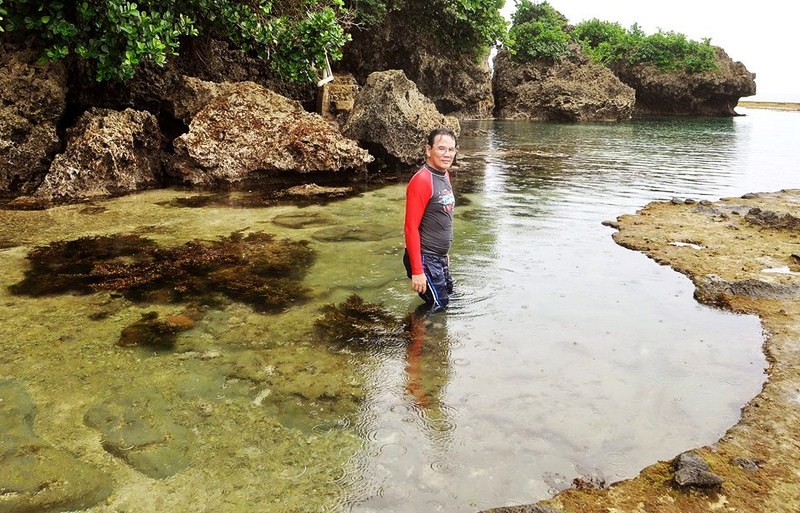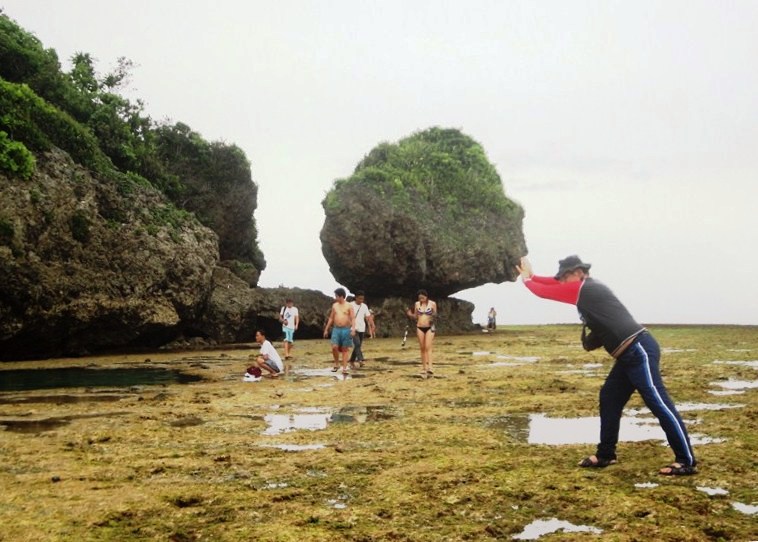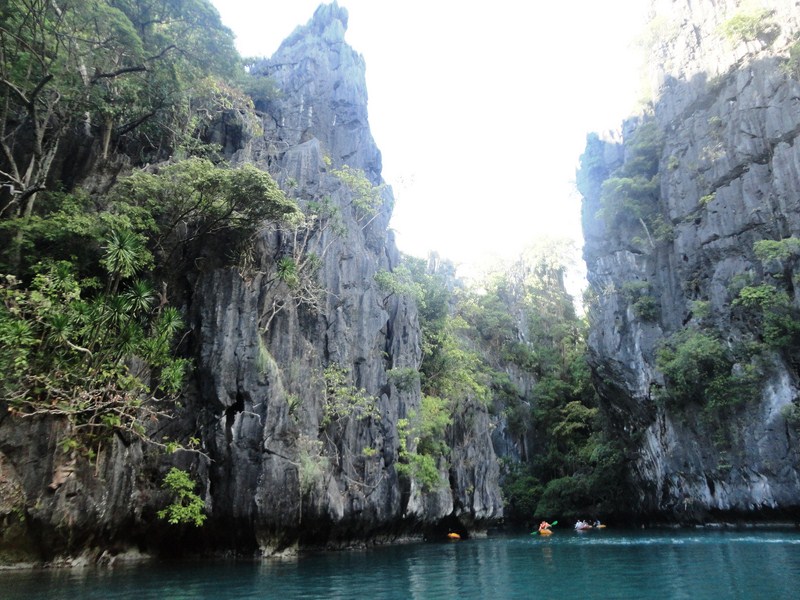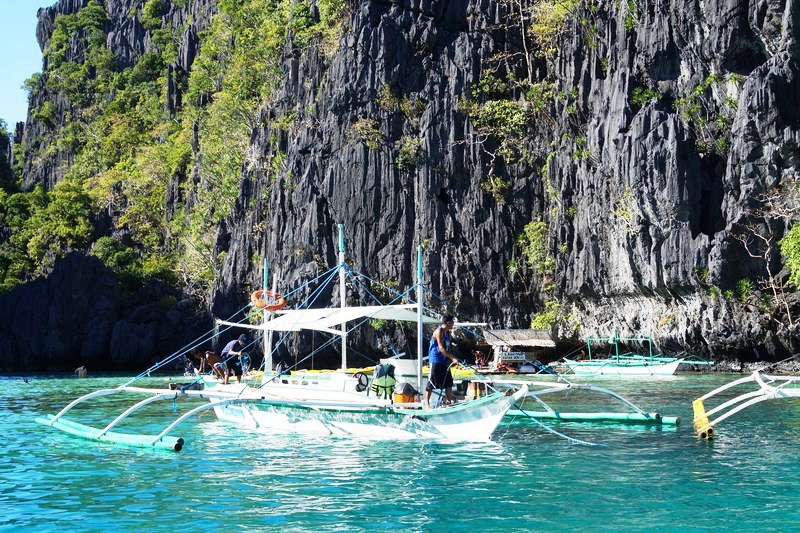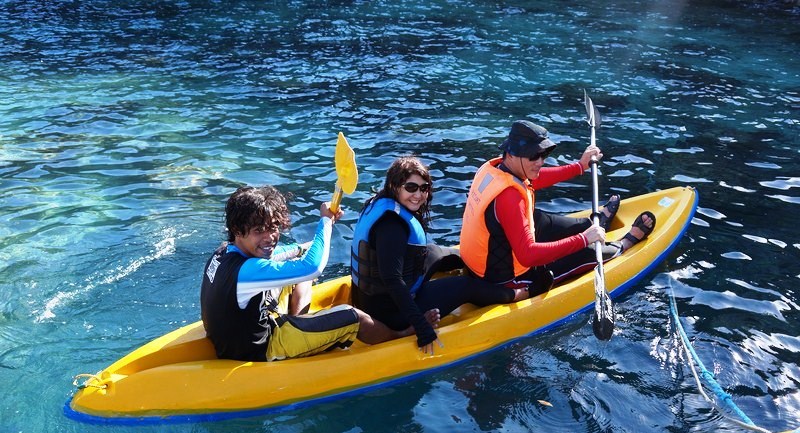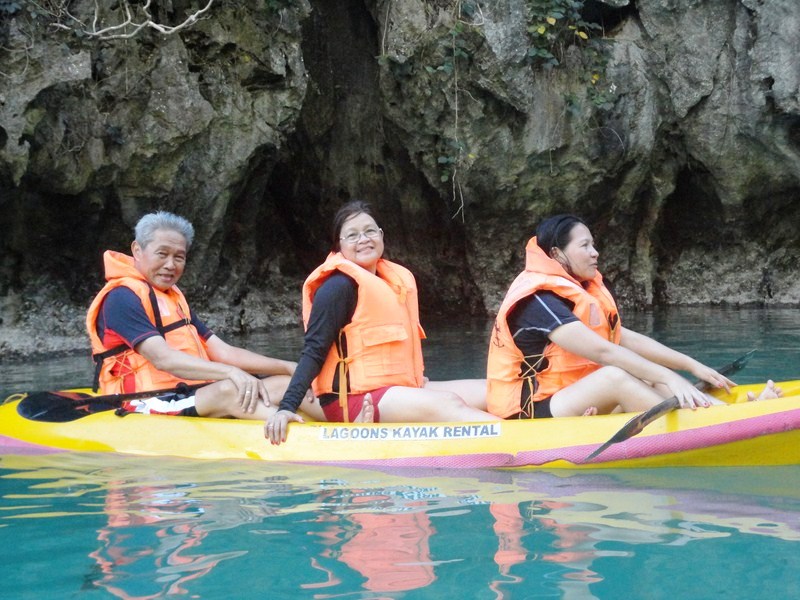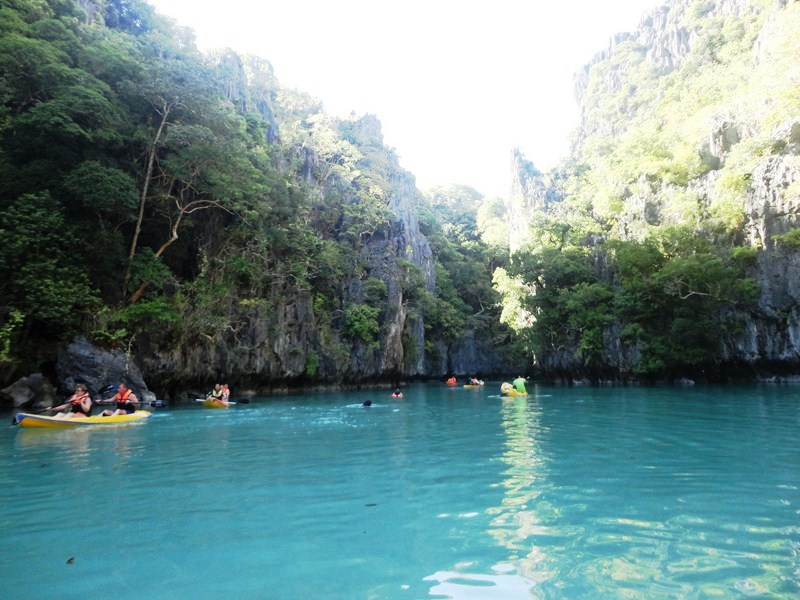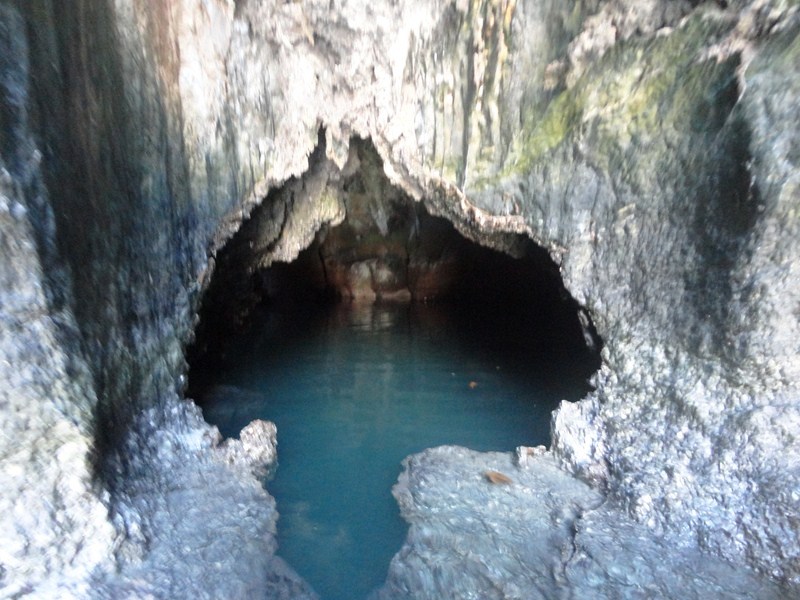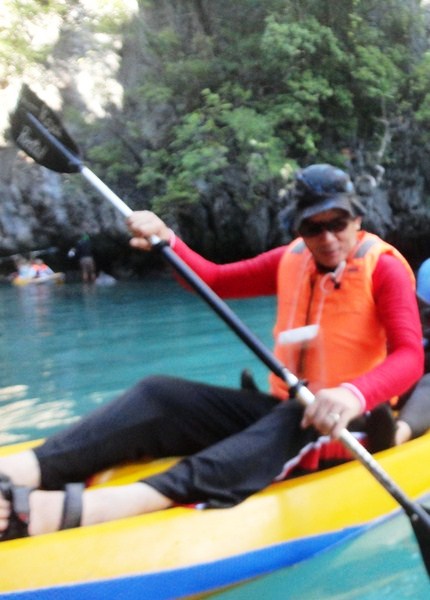On our 27th day in Canada, our whole family (Grace, Jandy, Cheska, Bryan, Kyle and I, with dog Luffy) decided to visit the 250-hectare (617-acre) Lynn Canyon Park, one of the gems of the District of North Vancouver’s Parks system and a great place to learn about North Vancouver’s eco-system.
This public park, operated by the District of North Vancouver, is located on the unceded territory of the Sḵwx̱wú7mesh (Squamish) and səlilwətaɬ (Tsleil-Waututh) Nations people who called the Lynn Creek area Kwa-hul-cha, referring to a settlement in the area.
When settlers moved to North Vancouver, they began to log the old growth forests as part of Vancouver’s growing logging industry. The Lynn Valley area, along with Lynn Creek and Lynn Canyon were renamed after sapper John Linn (1846-1876), a British pioneer and member of the Royal Engineers who, in 1869, moved his family onto 65 hectares of land on the mouth of the Lynn Creek near Burrard Inlet.
While the creek has been dubbed Fred’s Creek after fellow pioneer Fred Howson, the name Lynn, a corruption of the original spelling, soon became the common designation. Lynn Valley Park and Canyons, as it was known in the 1950s, soon gave way to the current Lynn Canyon Park.
In 1912, after the bulk of the Lynn Canyon’s old growth forests were logged by the Lynn Valley Lumber Company under Julius M. Fromme, the McTavish Brothers donated a 5 hectare piece of land around the newly constructed Lynn Canyon Suspension Bridge in the hopes that a park would attract people to the real estate development.
The District of North Vancouver added another 4 hectares to create the original Lynn Canyon Park. On September 14, 2012, the park was formally opened. In 1991, the District of North Vancouver added another 241 hectares to the park, making it one of the largest and most popular parks in Metro Vancouver.
This forested park features stunning creek and waterfall views and hiking trails through the temperate rainforest, a relatively rare ecosystem that extends along the coast of Alaska and British Columbia down to northern California. In the rainy months of the year, mist rises from the canyon and the creek rises dramatically.
Rangers are on site in July and August to offer walking tours and information about the area’s flora and fauna. For advanced hikers, there are trails that lead directly to Grouse or Seymour Demonstration Forest, in addition to nice cycling trails. Due to its natural landscape many TV series such as Stargate SG-1 and Stargate Atlantis used the area for filming.
From Holdom Station, we took the SkyTrain to Gilmore Station, then took Bus 28 to Phibbs Exchange and, finally, the 20-min., 4-km. Bus 227, from Bay 12 Station, to the Westbound Peters Road@Duval Station. From there, it was just a short walk to the entrance of Lynn Canyon Park.
Past the entrance, we passed by the Lynn Canyon Ecology Centre (has over 80 informative nature videos, on a large screen, about the plants and animals of the temperate rainforest and environmental issues, plus a nature-themed gift shop) on the left and Lynn Canyon Cafe (they serve fresh siphon coffee, lattes and more, crepes for breakfast and burgers, hot dogs, pasta, fish and chips for lunch) on the right.
A very popular area for hiking, we tried the 2.6-km. Lynn Canyon loop trail (one of 7 easy hiking trails), open year-round, which is generally considered a relatively easy route to hike (though not wheelchair or stroller friendly), taking an average of 50 mins. to complete.
In this free, self-guided adventure, there are three major attractions along this loop – the Lynn Canyon Suspension Bridge, Twin Falls and the 30-Foot pool. Dogs are welcome here, but must be on a leash so we did just that for Luffy.
While exploring the trail that was surrounded by second growth western red cedar, Douglas-fir, and Western hemlock trees draped with moss, we encountered a lot of people. Although there are quite a number of wooden stairs (a bit challenging for beginners), it was still a great family friendly trail, with lots of options for different level hikers. There were multiple photo-worthy stops along the route, especially as it was summer.
The first major attraction we encountered was the Lynn Canyon Suspension Bridge. On the way to the bridge, we espied a small, thin waterfall. The bridge was used in Disney’s Descendants (as part of Auradon) that leads to Lynn Canyon’s 30 Foot Pool (used as the Enchanted Lake). The bridge was also featured in the MacGyver episode “The Invisible Killer.”
Though not as long as the one at the widely-advertised Capilano Suspension Bridge, this 40-m. (130-ft.) long, wooden plank suspension bridge, built in 1912, is a good one and a different experience than its complement, offering a rustic and jiggling adventure, and the views from it are equally spectacular.
If you want to see a suspension bridge but don’t want to pay for the one at Capilano Suspension Bridge, then this is the place to go as it’s less commercial and some people actually prefer it. About 50 m. (167 ft., the height of a 15-storey building) above the beautiful clear pools and rivers of Lynn Creek, it was just wide enough for two people to pass each other. Originally, visitors paid 10 cents (later reduced to 5 cents) to cross the bridge. Today, it’s free to cross the bridge.
On the north side of the suspension bridge, the trail to the left lead us northwest through the park and a short walk took us to the popular 30-Foot pool, one of the most popular locations among tourists and locals and a safe place to swim compared to some of the river’s other sections. It was a very large area, with great spots for a picnic, and featured a beautiful swimming hole.
As it was summer, a number of visitors were taking a quick refreshing swim to cool off. Others were also jumping off rocks and into the water (it looked extremely dangerous). However, even in the summer months, the water is almost always extremely cold. If you are looking for a quiet place to sit by the river, this is the spot.
Beginning at the 30-Foot pool, we ascended one big flight of stairs and ended up at the start of the trail heading to the Northern region of the park, the Seymour Demonstration Forest and Rice Lake entrance (another beautiful location for walking around and fishing) which is about a further 20-min. walk away.
As we did not wish to venture into these areas, we took the wooden boardwalks and trails that loops back towards the Lynn Canyon Suspension Bridge.
East of the suspension bridge is Twin Falls which can be accessed from either side of the suspension bridge. If we did not cross the bridge from the main entrance, we could have proceeded east, past the Lynn Canyon Café, and followed the trail down towards the river.
Twin Falls is less accessible than the 30-Foot pool and not as popular among visitors but we still wanted to get to Twin Falls so, right after the bridge, we headed south (south is right and north is left) followed a series of boardwalks, steps and staircases to Twin Falls. There was a sign that pointed us in the right direction.
In less than 20 mins., we descended down to Twin Falls Bridge where we had a beautiful view of Twin Falls, below the bridge, which is not large or high but rather just a section of rapids that drop a bit just under the bridge. The hike back up the canyon took us up two large flights of wooden stairs back up the canyon on the other side (just a short walk back to where we started).
A diverse hiking experience along wooden stairs and boardwalks, the river and dirt trails, Lynn Canyon truly is a nice place for everyone. Here, you can take your time hiking and enjoy the fresh air. Even late in the day, the sun stayed with us most of the time.
Lynn Canyon Ecology Center: 3663 Park Road, North Vancouver, British Columbia V7J 3G3, Canada. Tel: 604-990-3755. Email: ecocentre@dnv.org. Website: www.ecologycentre.ca and www.lyncanyon.ca. Open Mondays to Fridays, 10 AM to 4 PM, and weekends, 12 noon to 4 PM. Coordinates: 49°20′02″N 123°01′03″W. Walk in visits are accepted if space is available (maximum 15 people inside at a time). Proof of Vaccination required for ages 12 and up. Masks required for ages 5 and up. Admission is free but donations are accepted (suggested $2 per person).
How to Get There: the nearest bus stations are Eastbound Peters Rd @ Duval Rd. (a 492 m./7-min. walk), Northbound Lynn Valley Rd. @ Burrill Ave. (a 715 m./10-min. walk) and Northbound Underwood Ave. @ Evelyn St. (a 1.219 km./16-min. walk). Buses leave Lonsdale Quay about once every 15 mins. on weekdays (or 30 minutes on weekends and holidays). The ride on Bus #228, from Lonsdale Quay, takes just over 30 mins.

